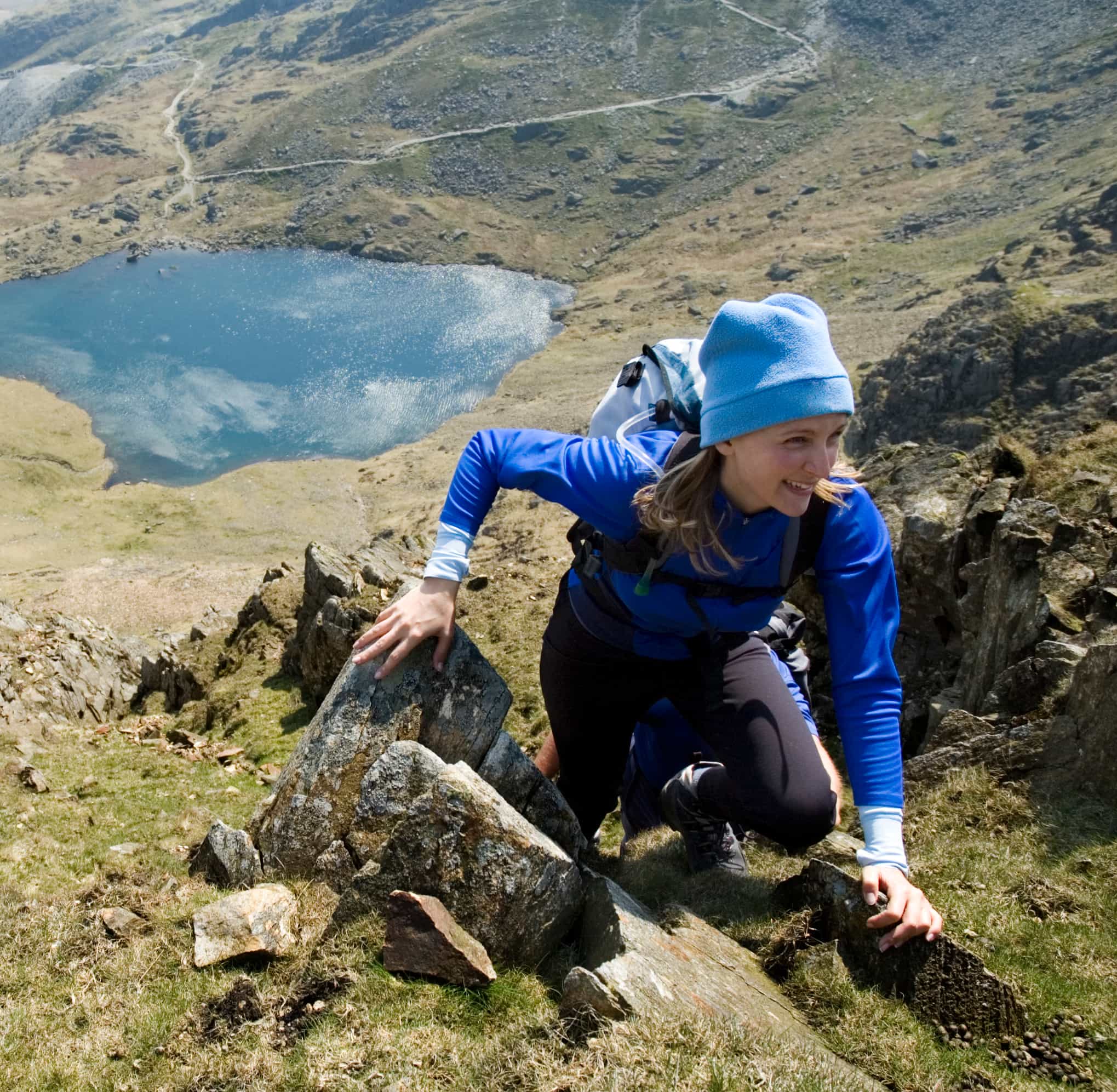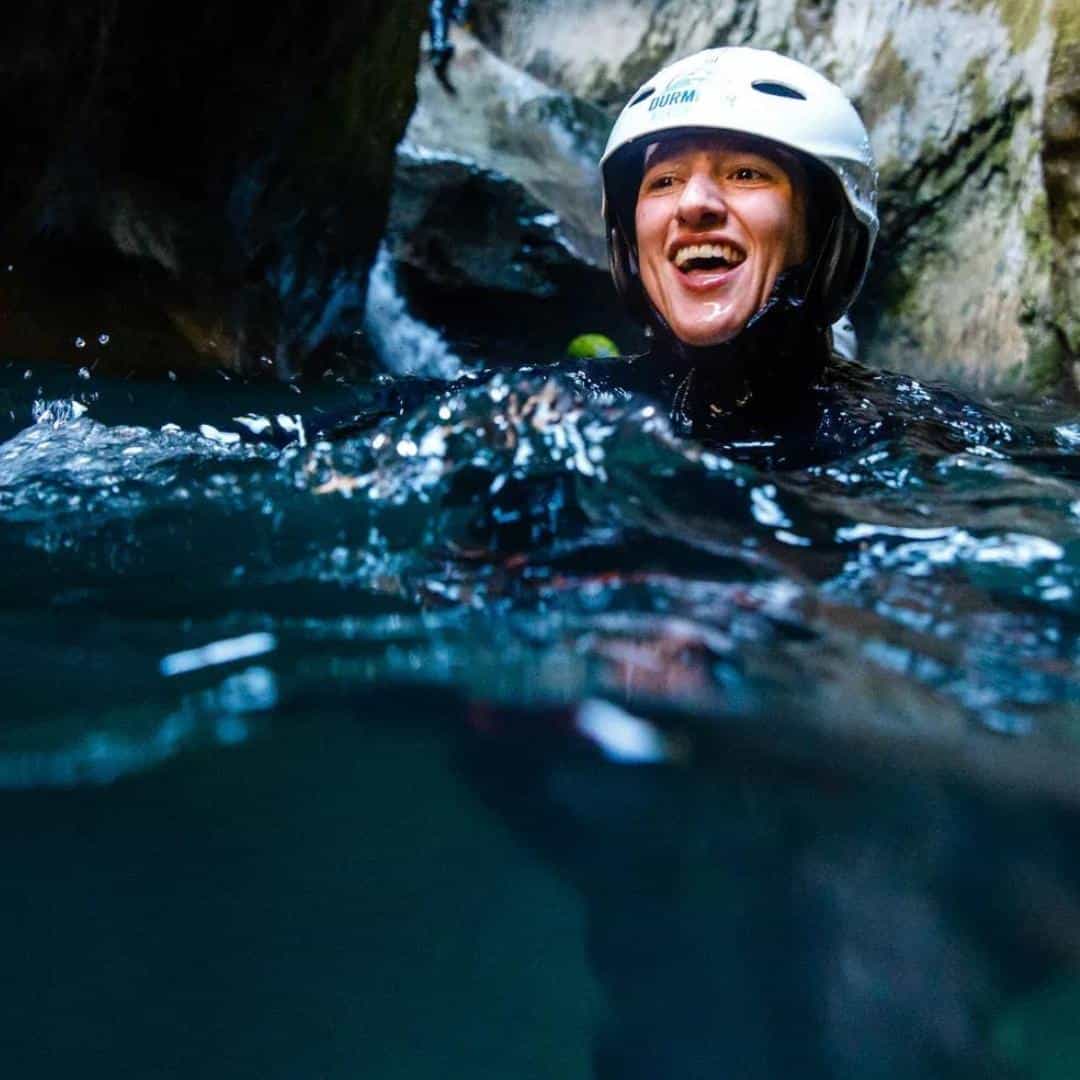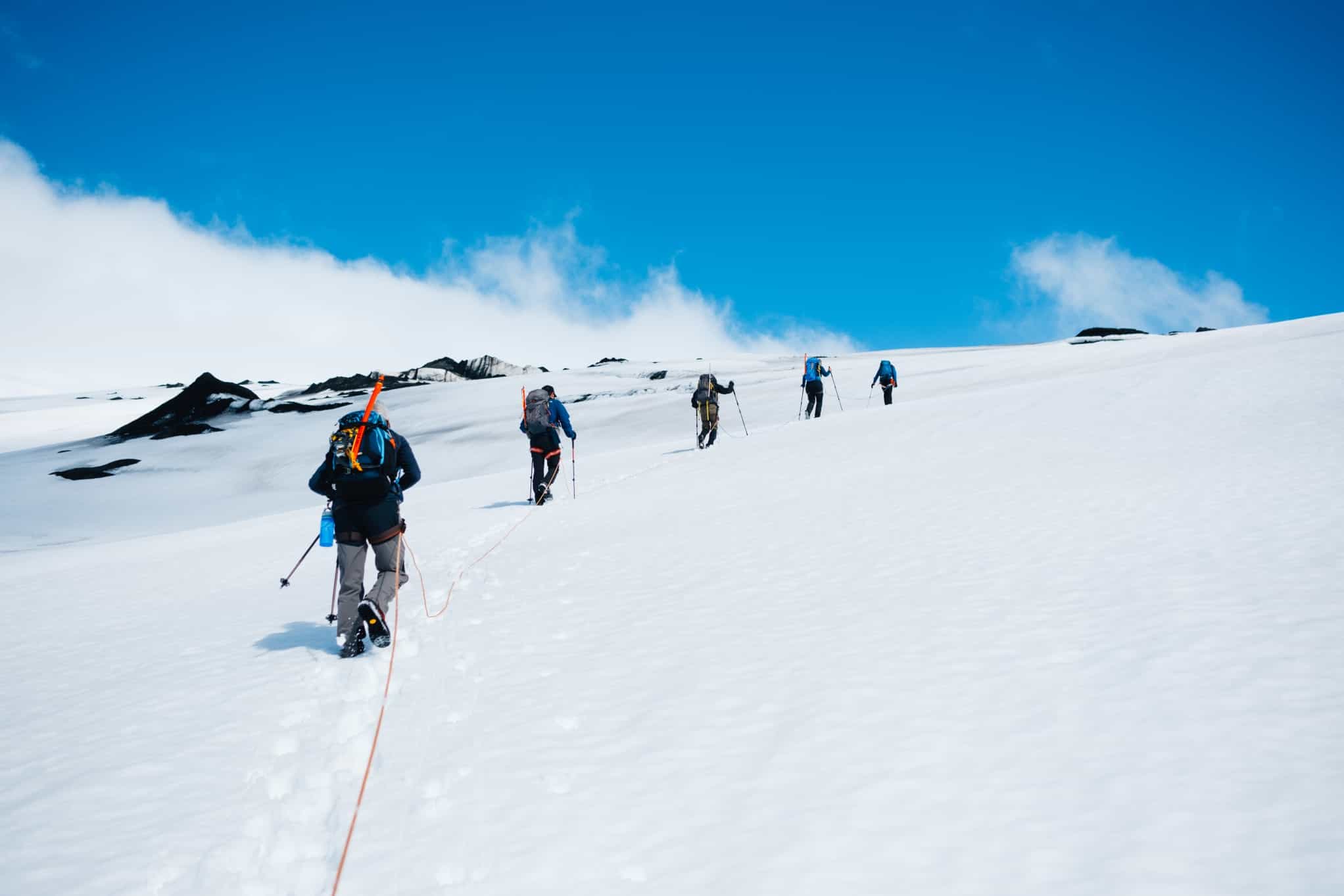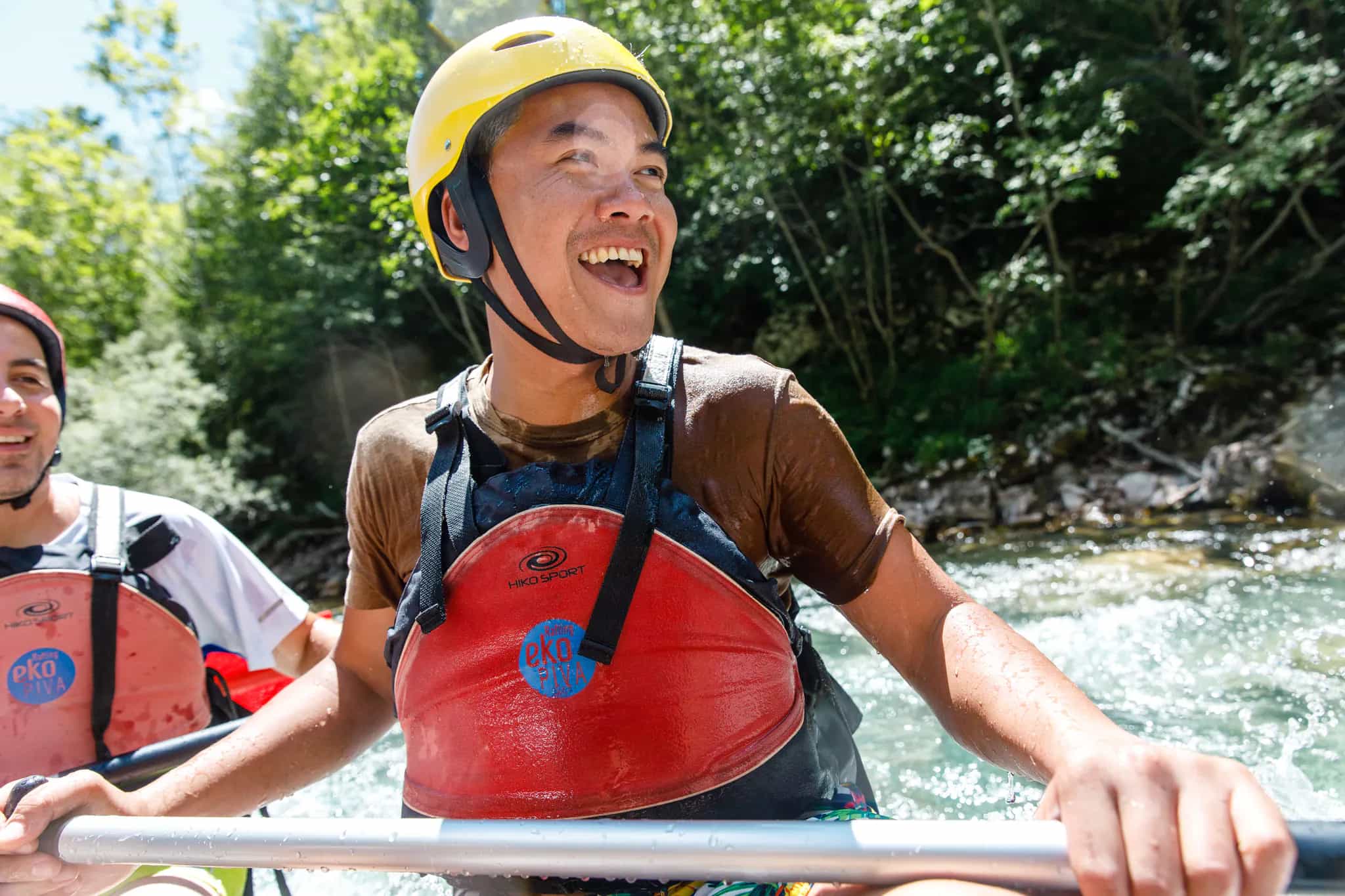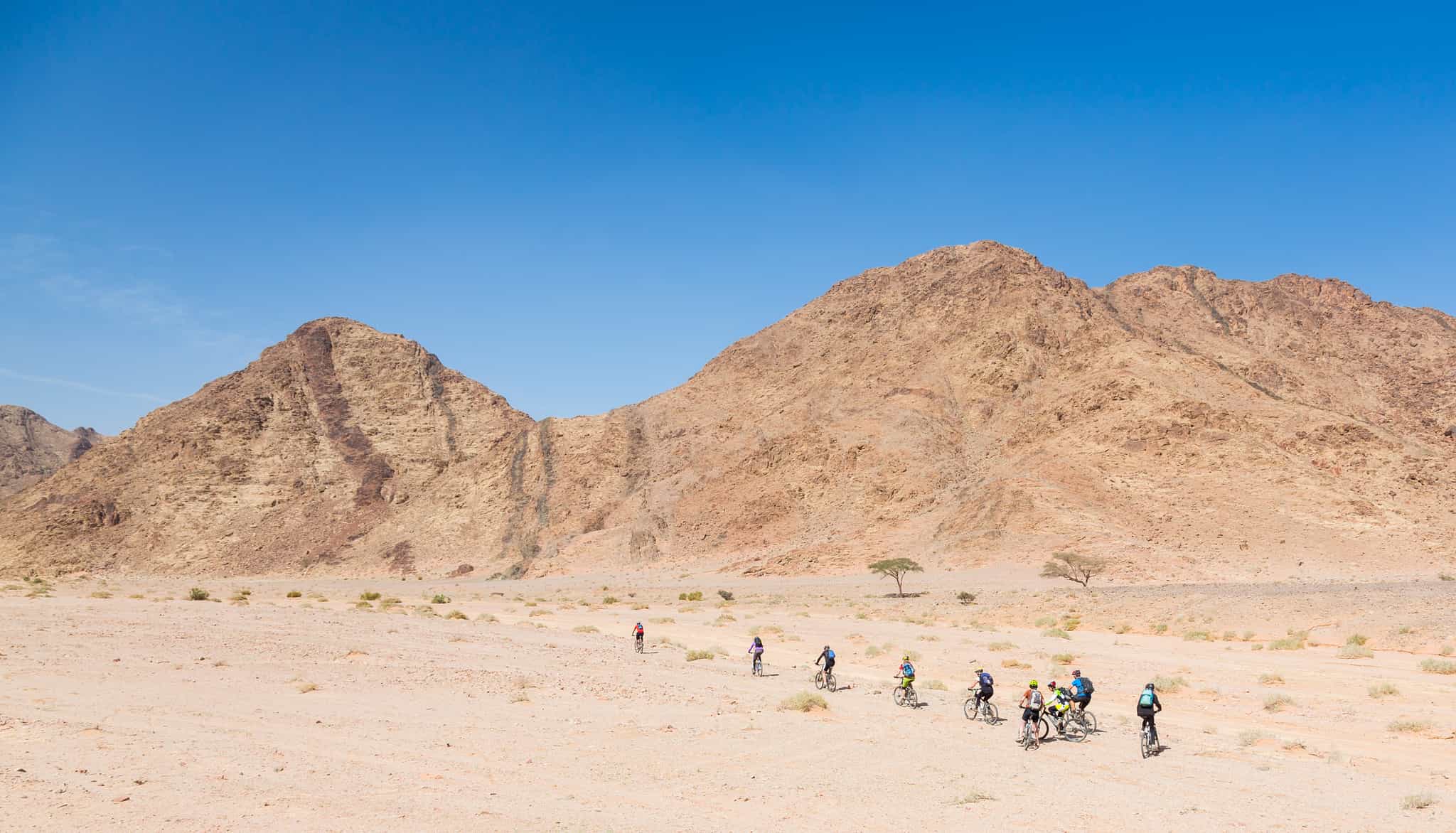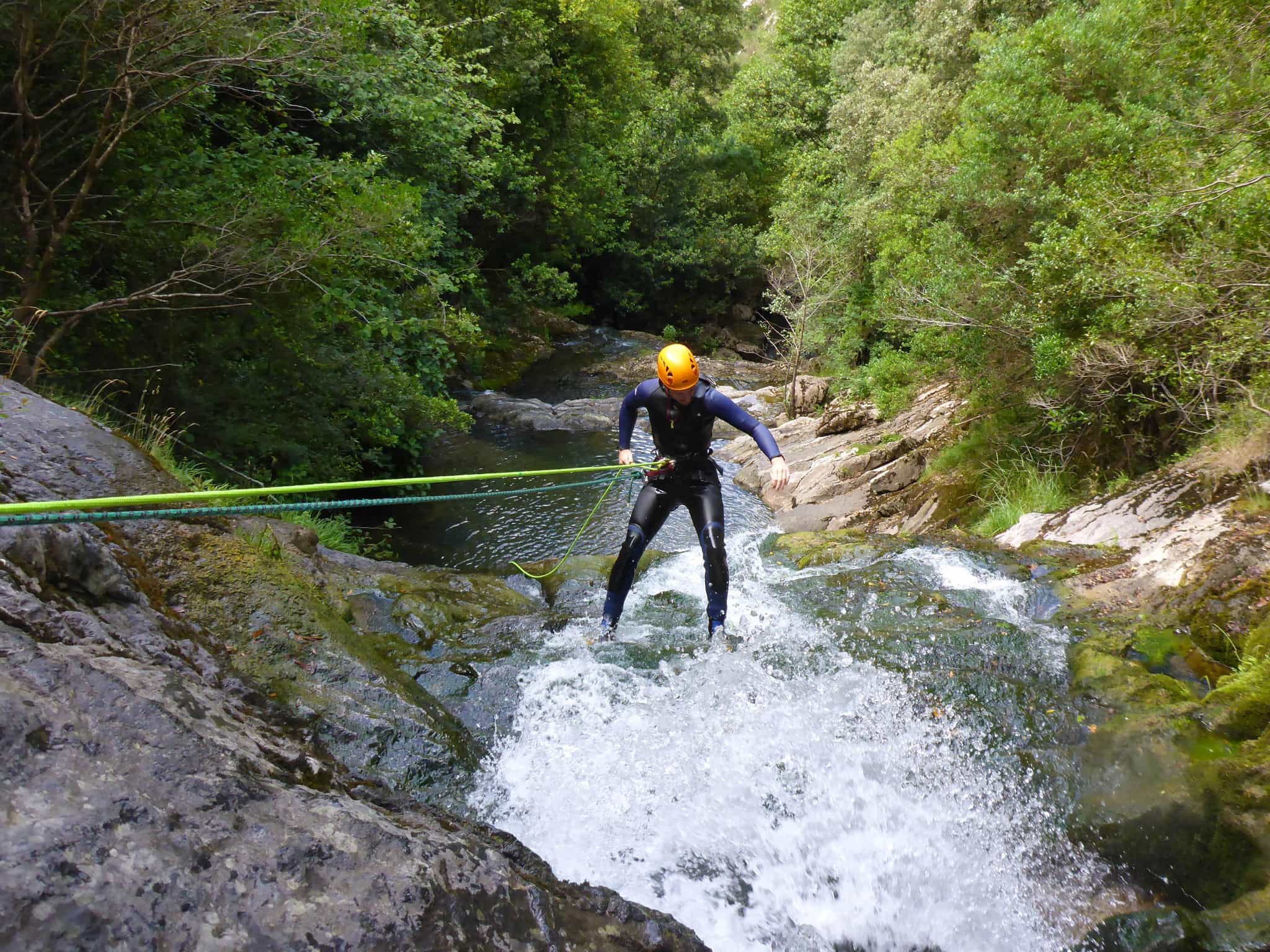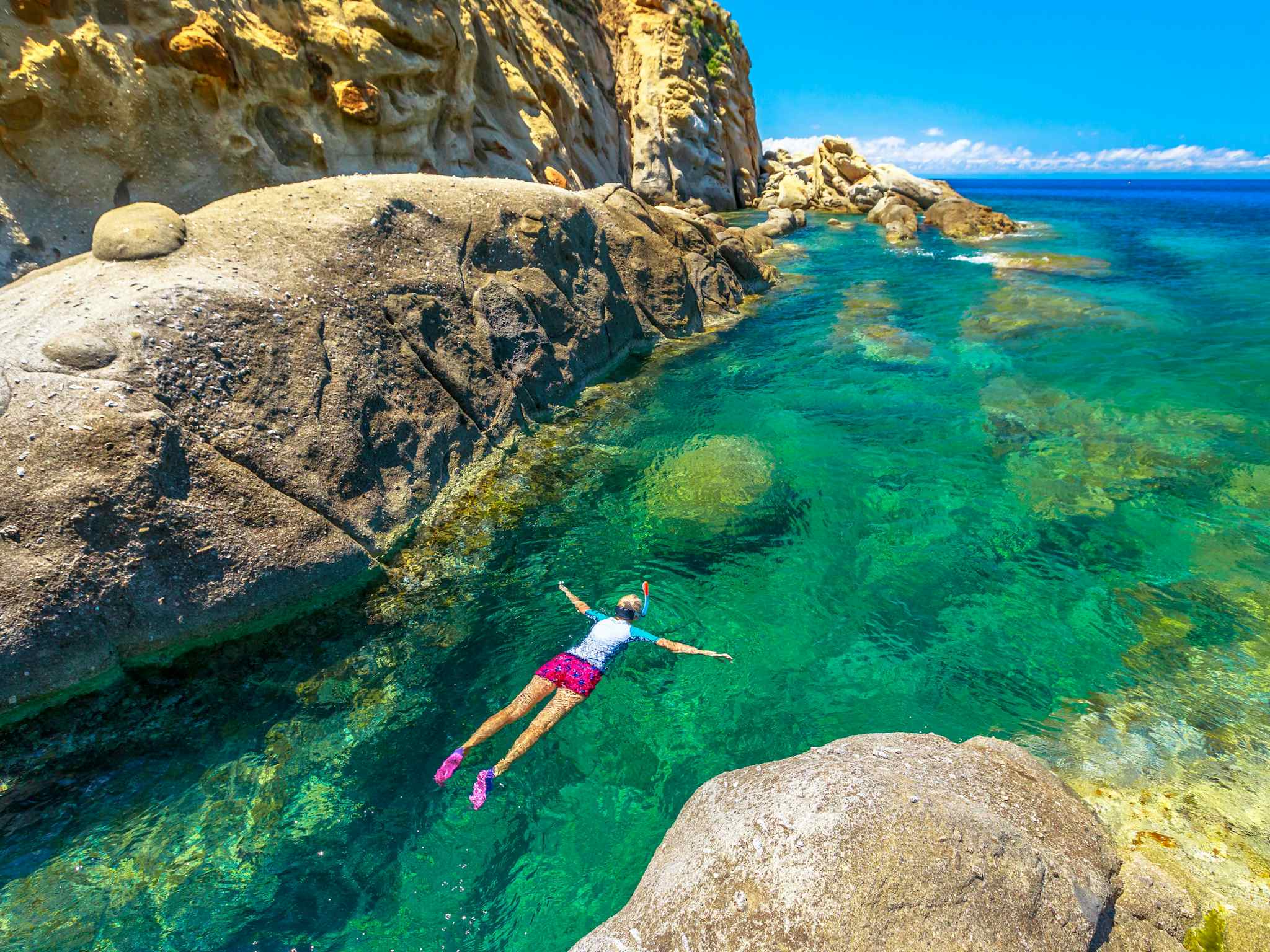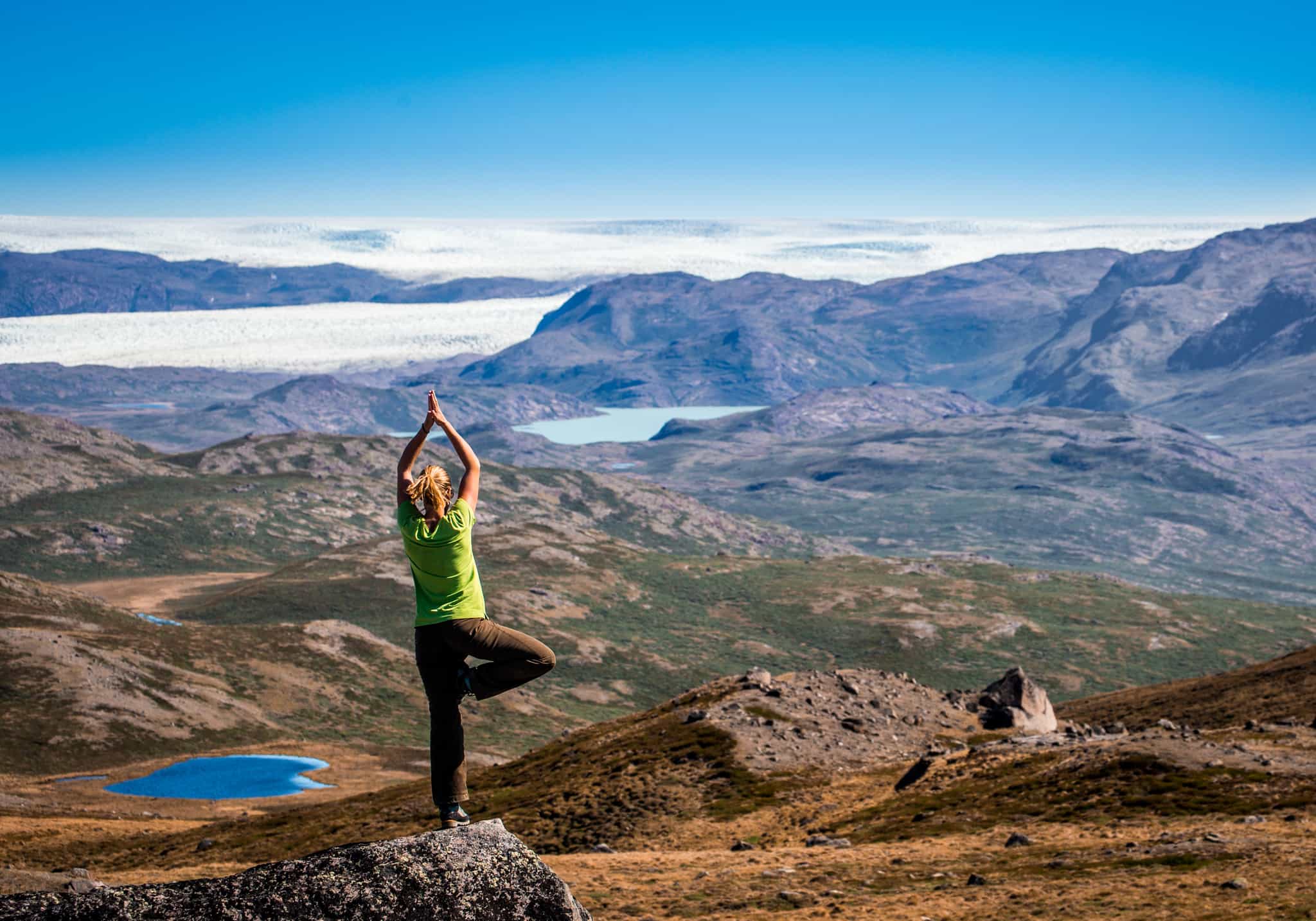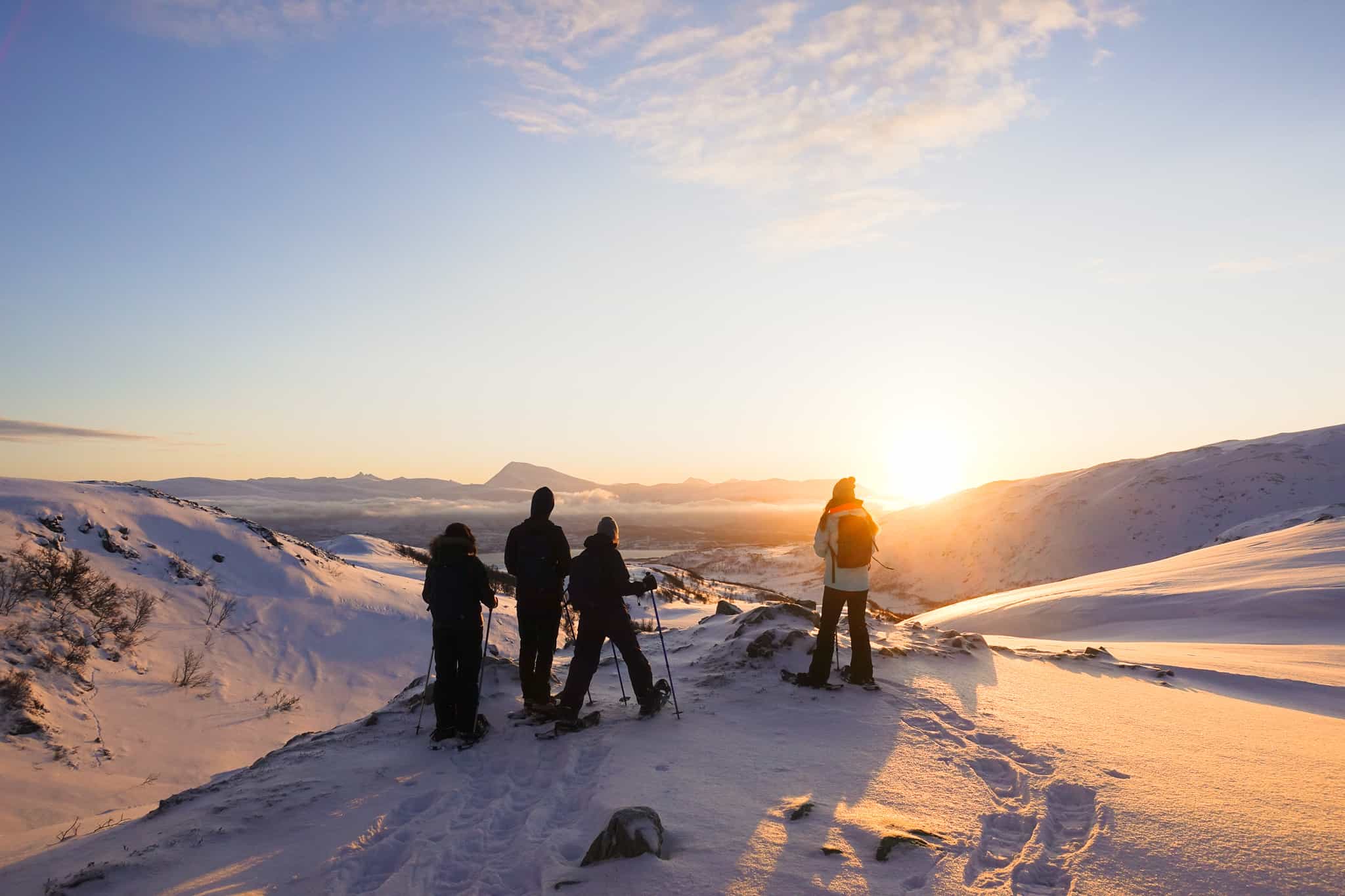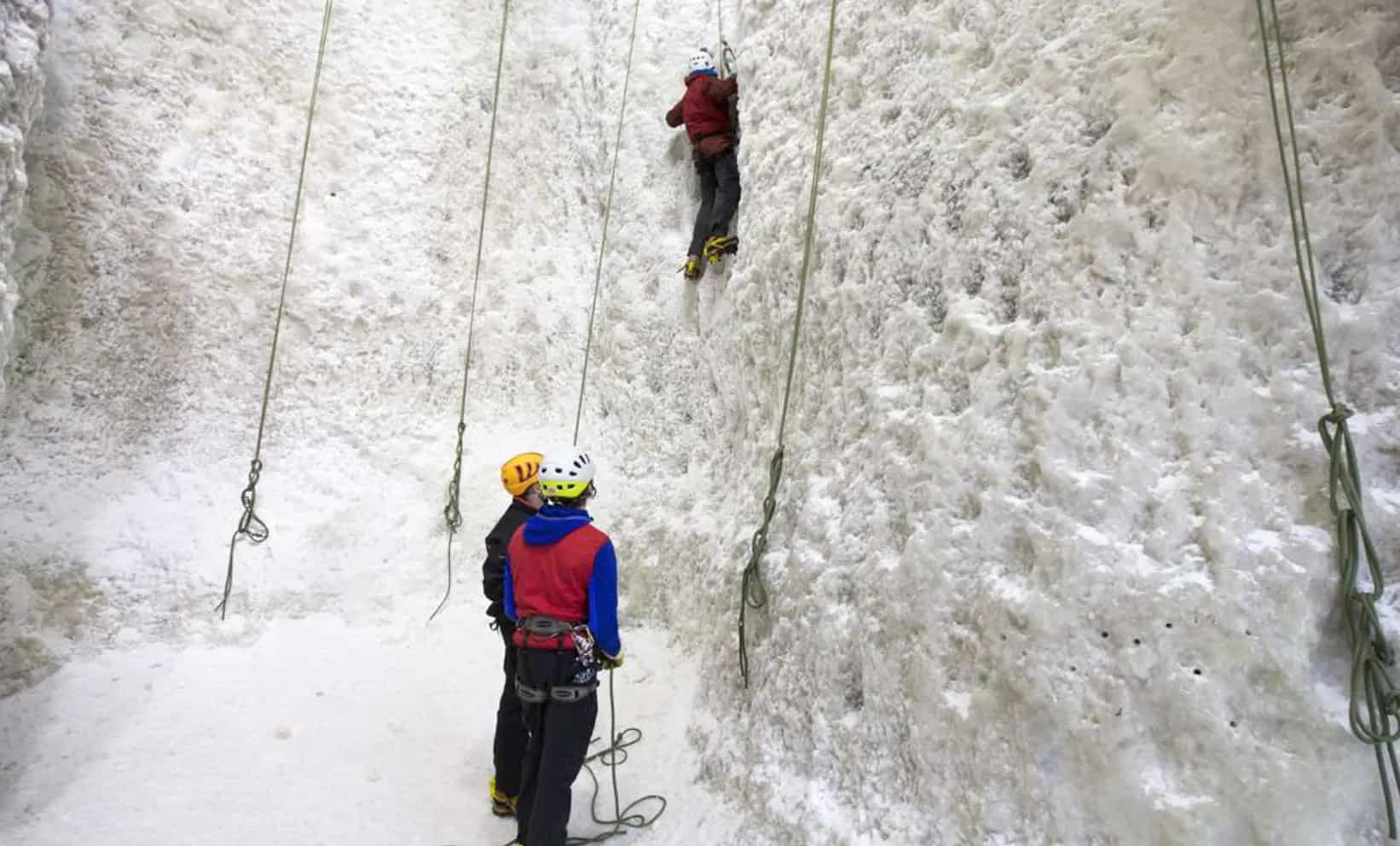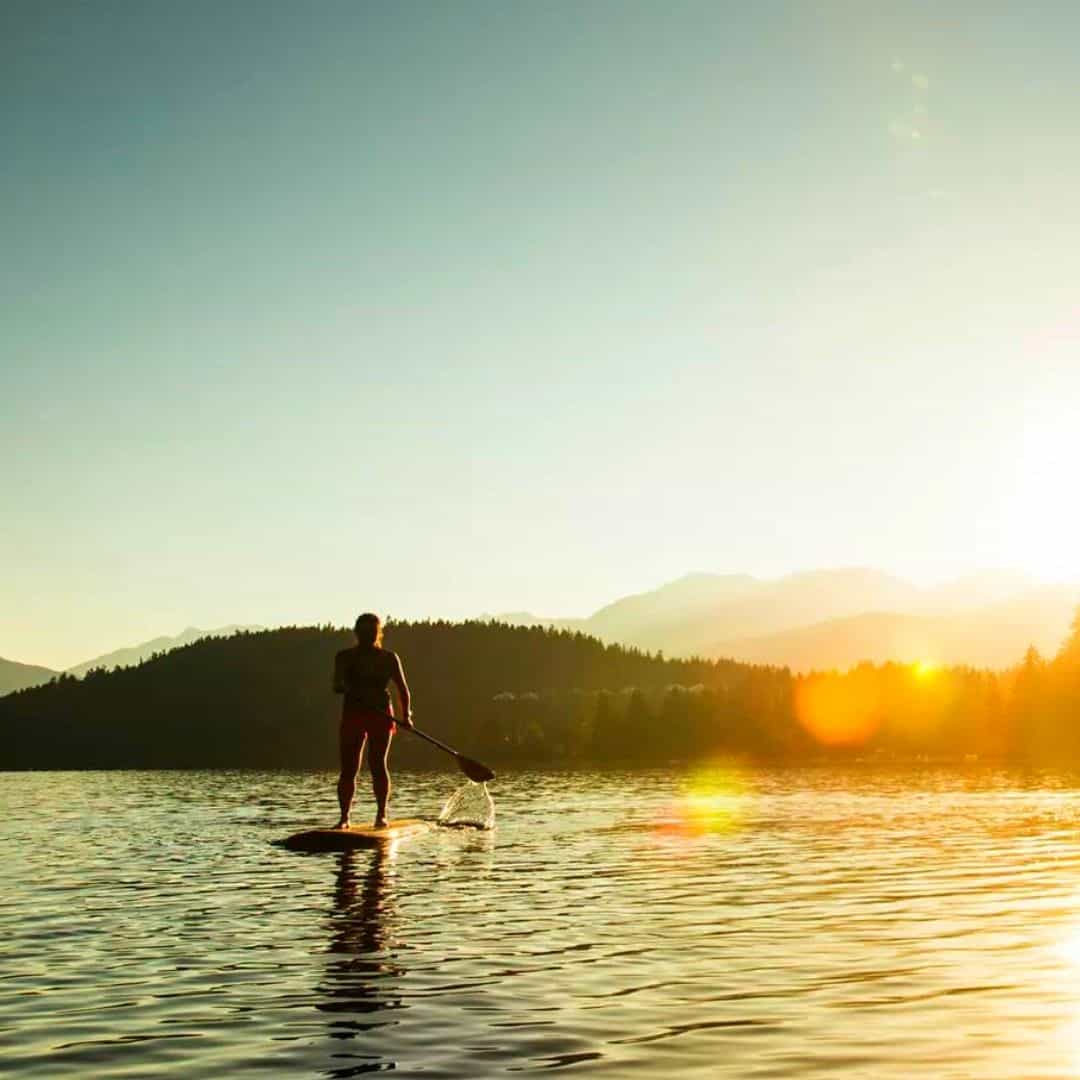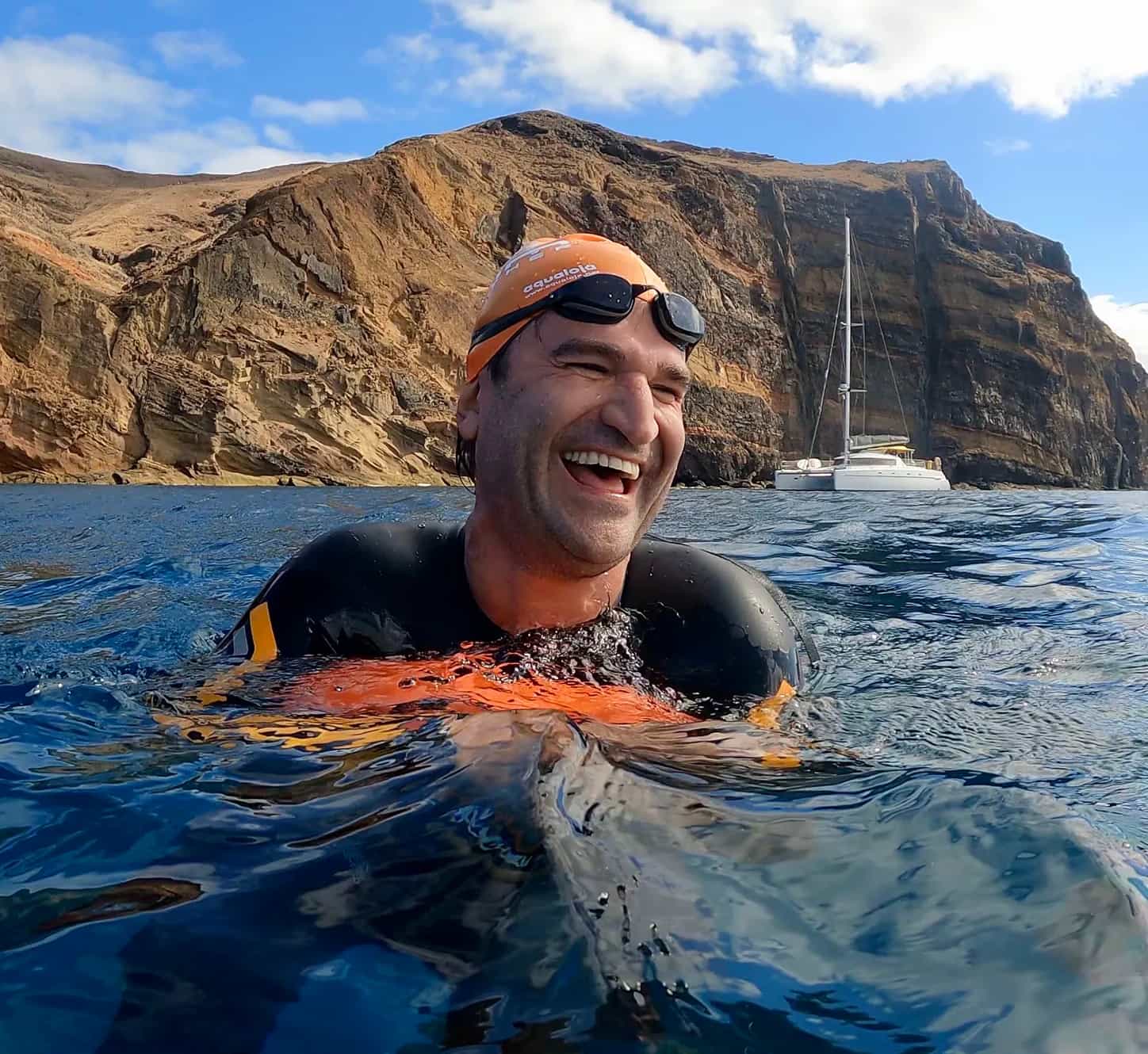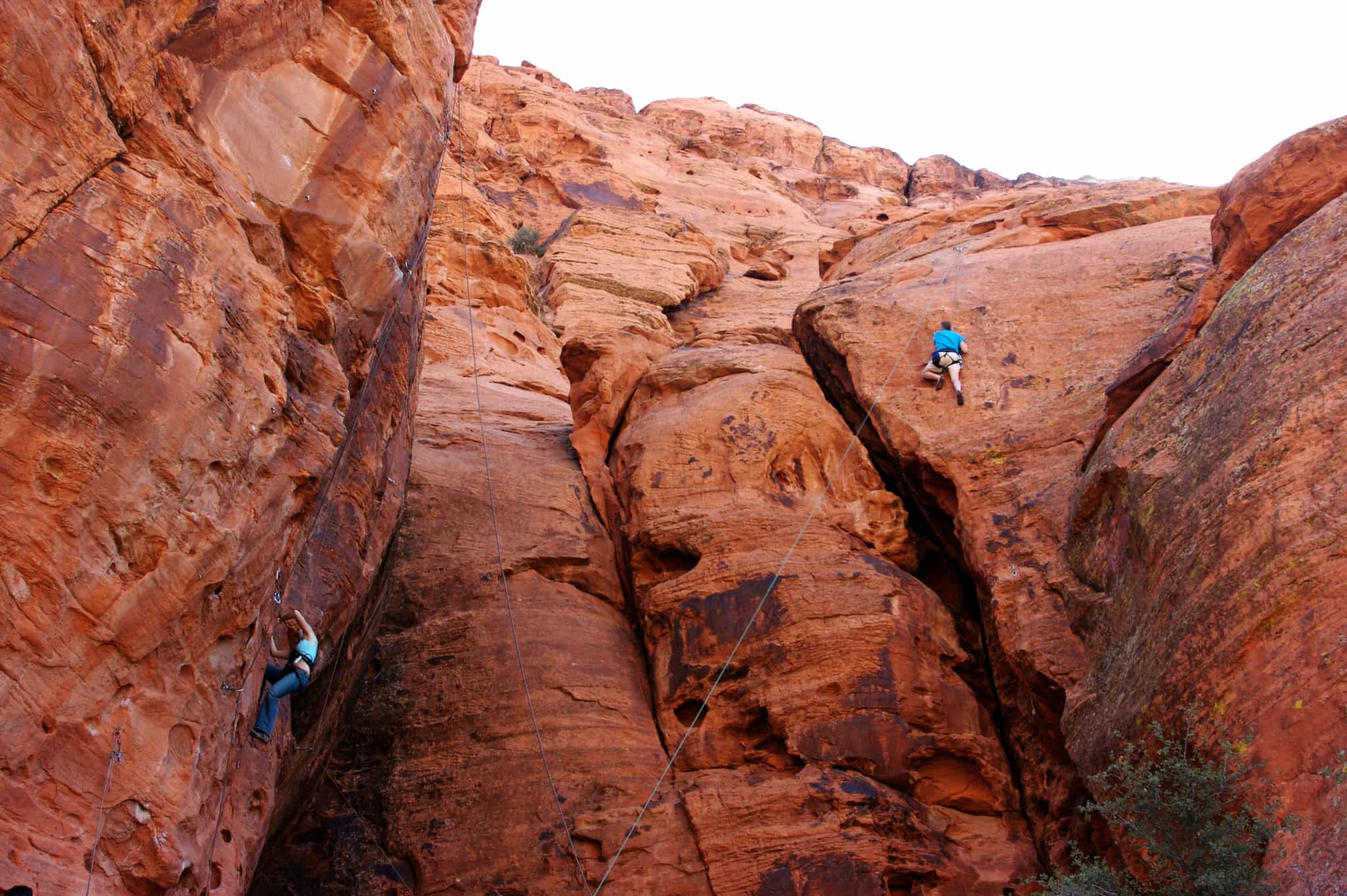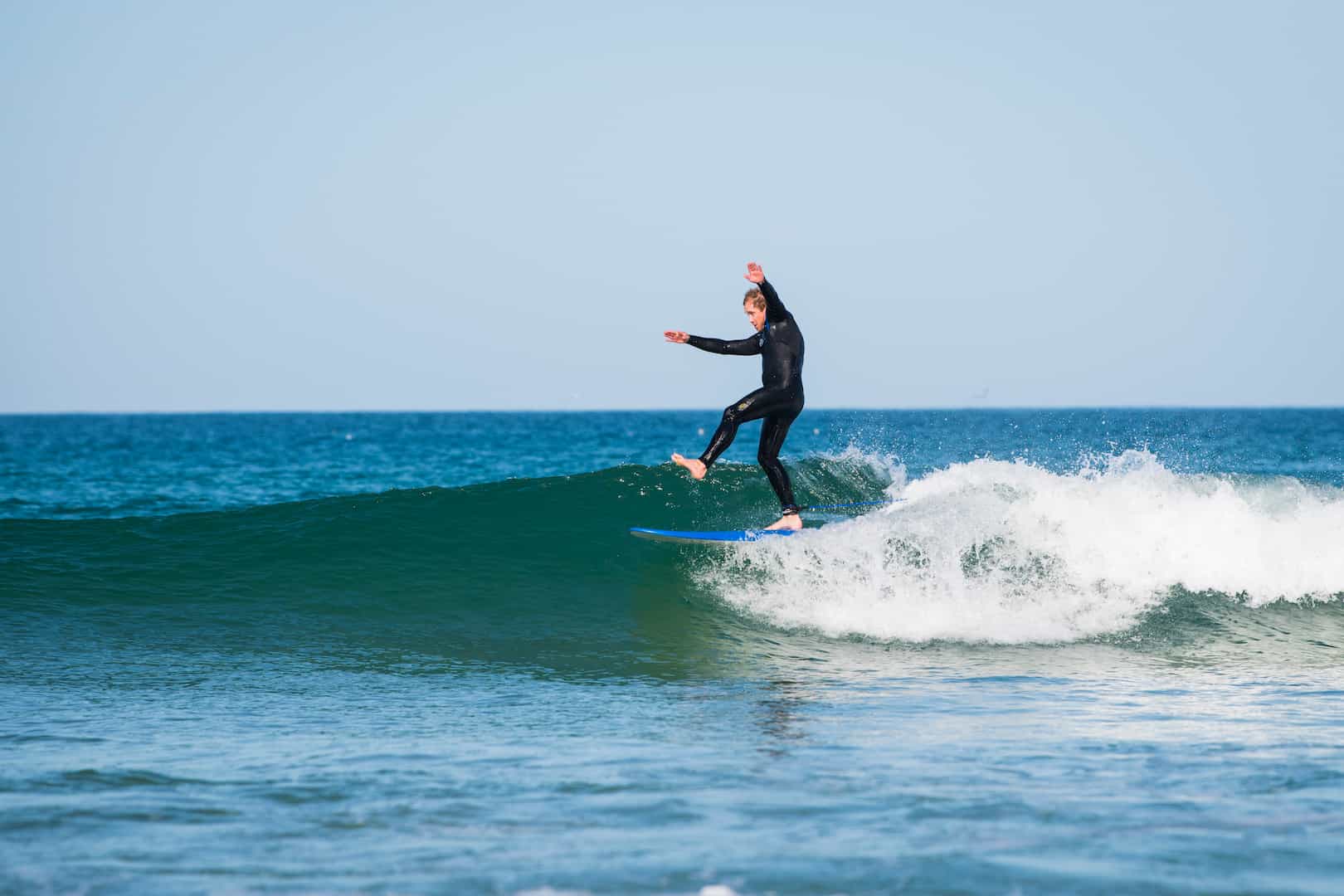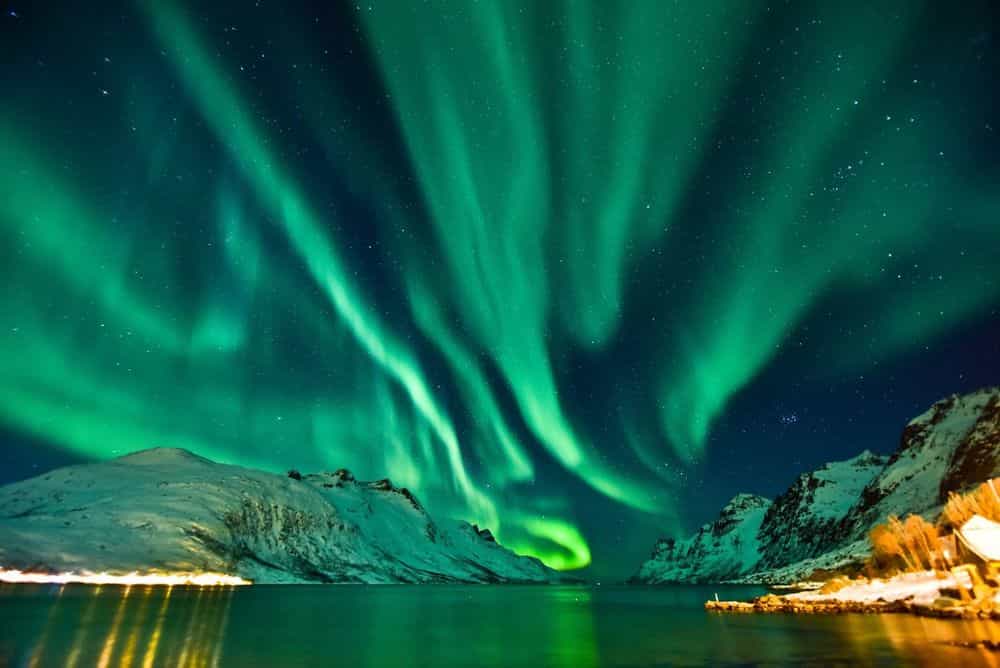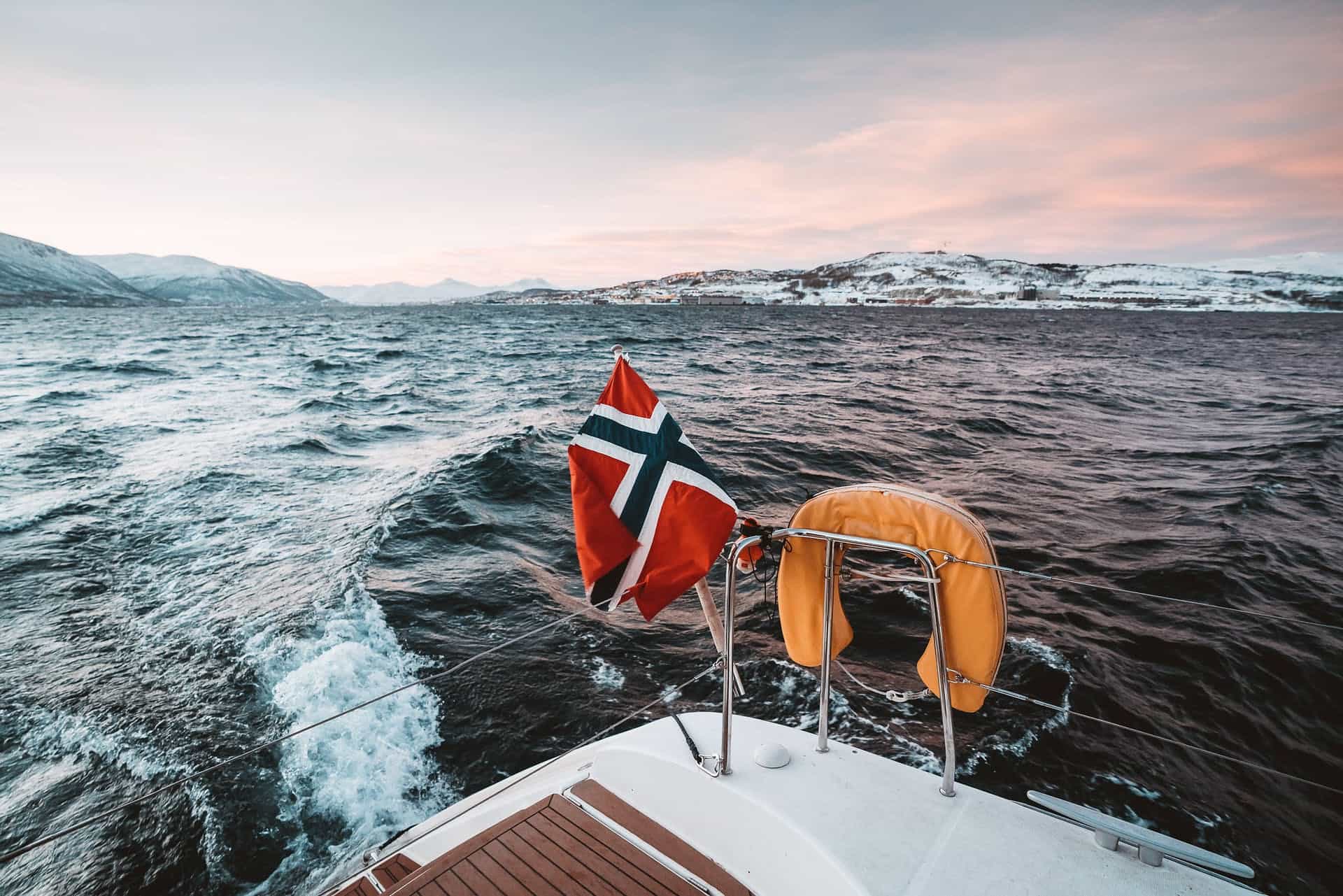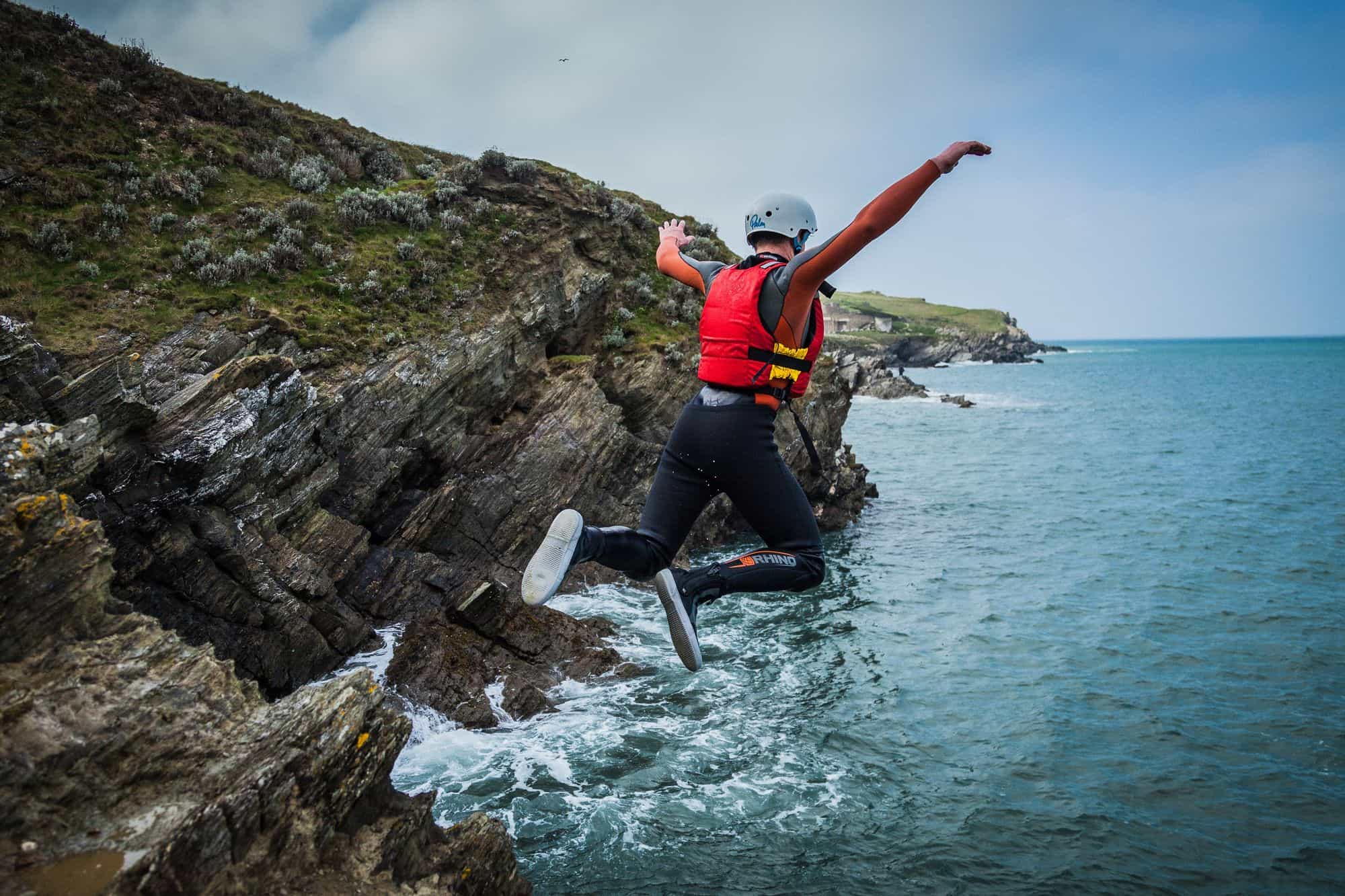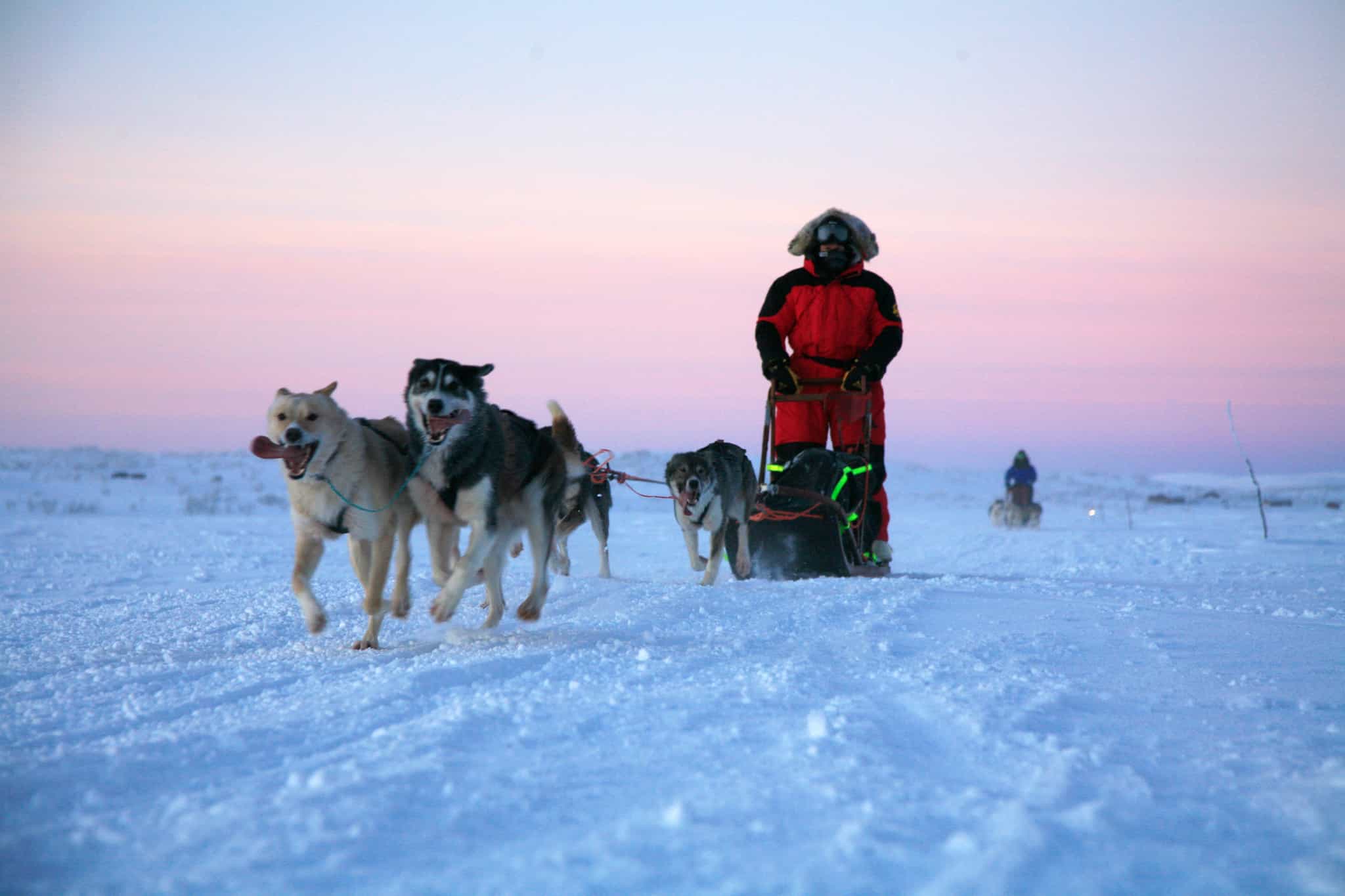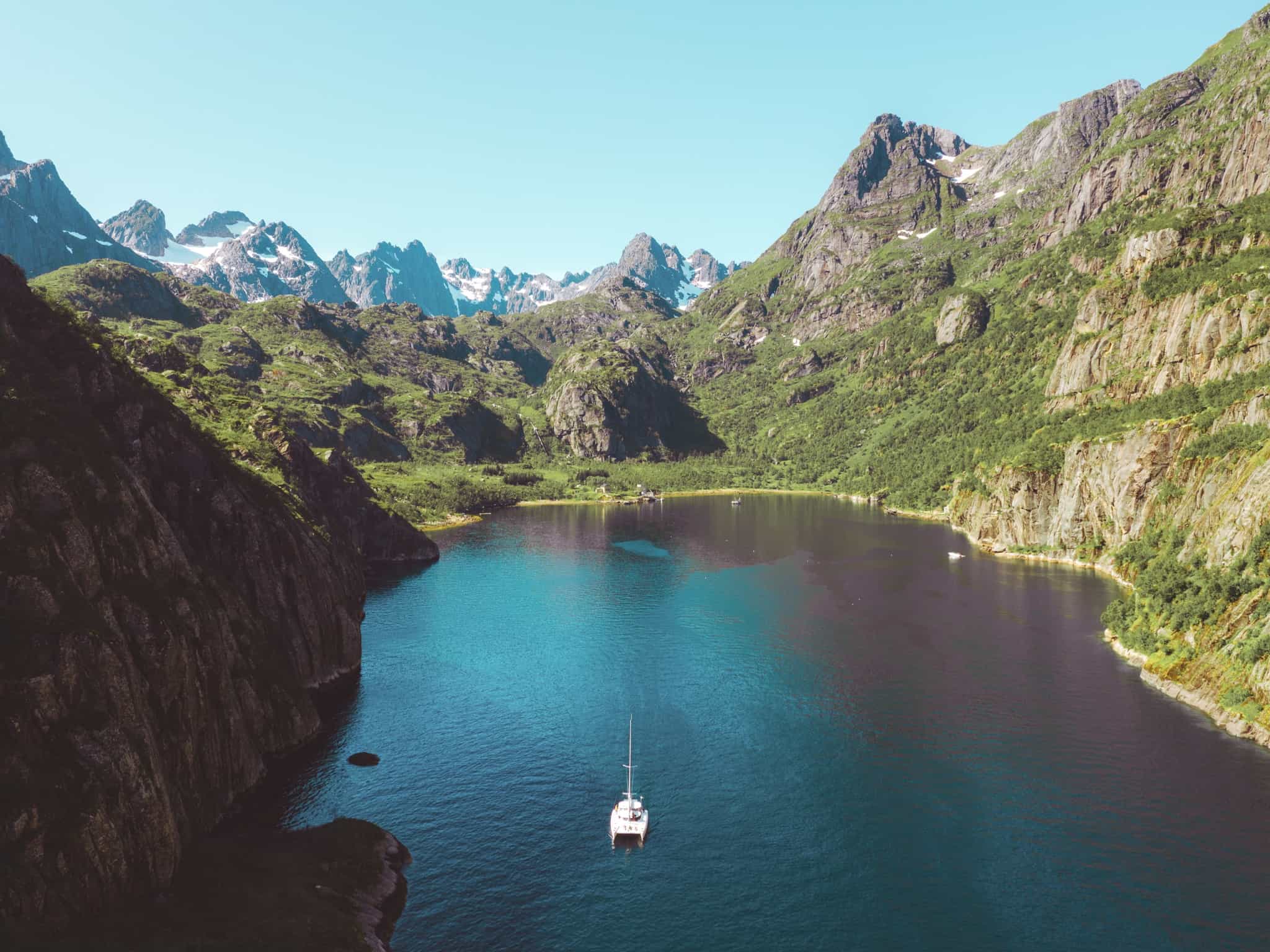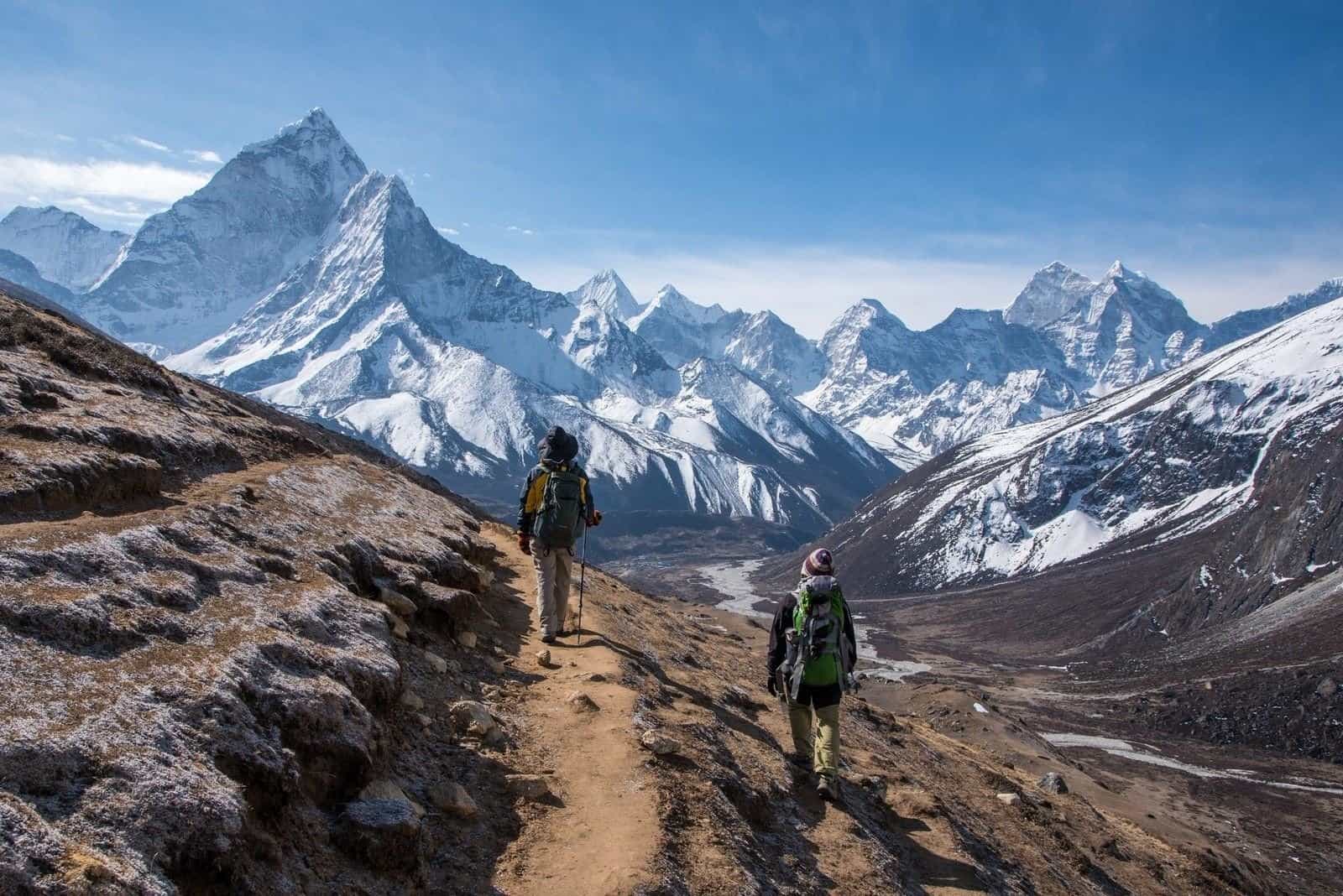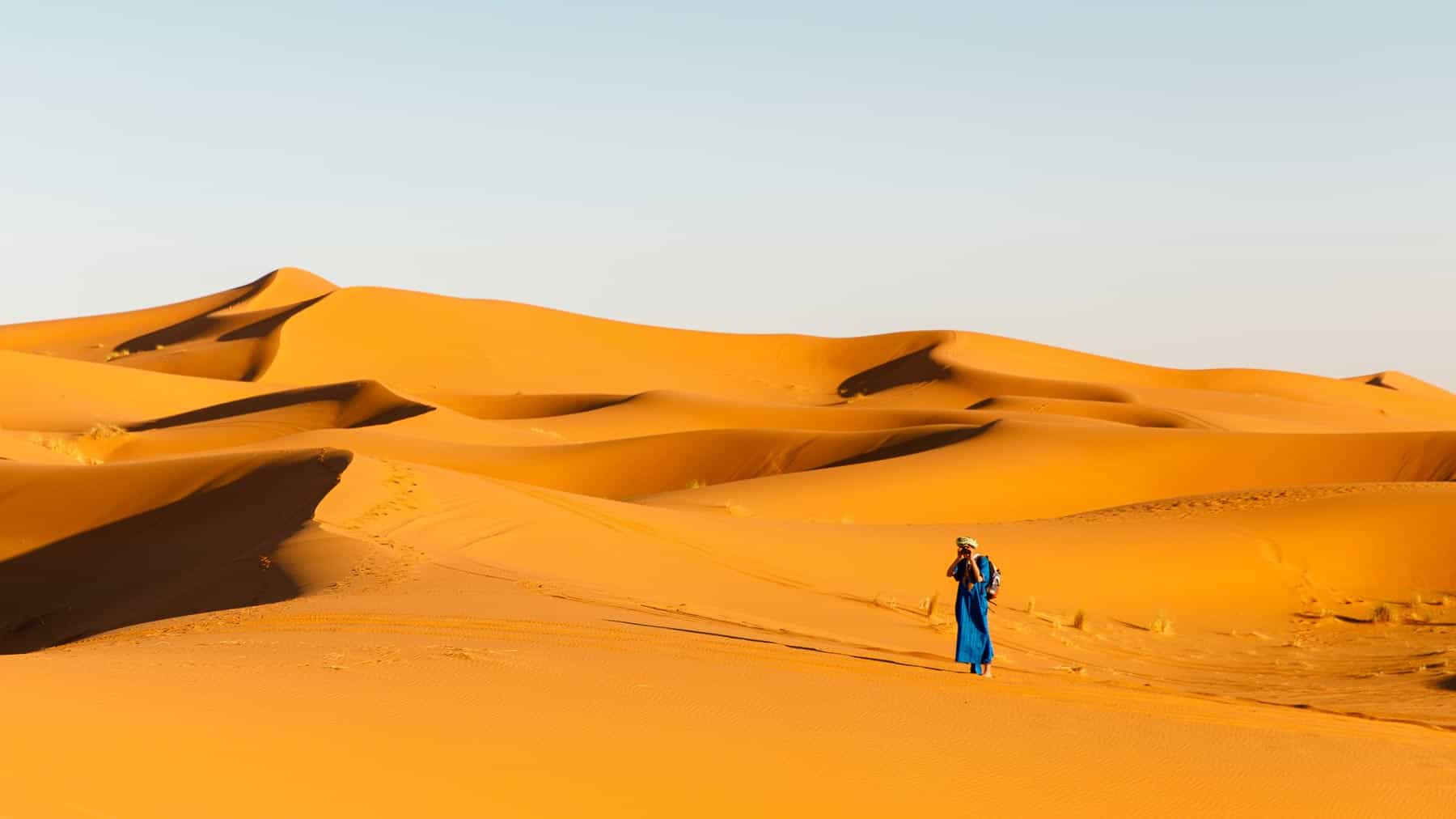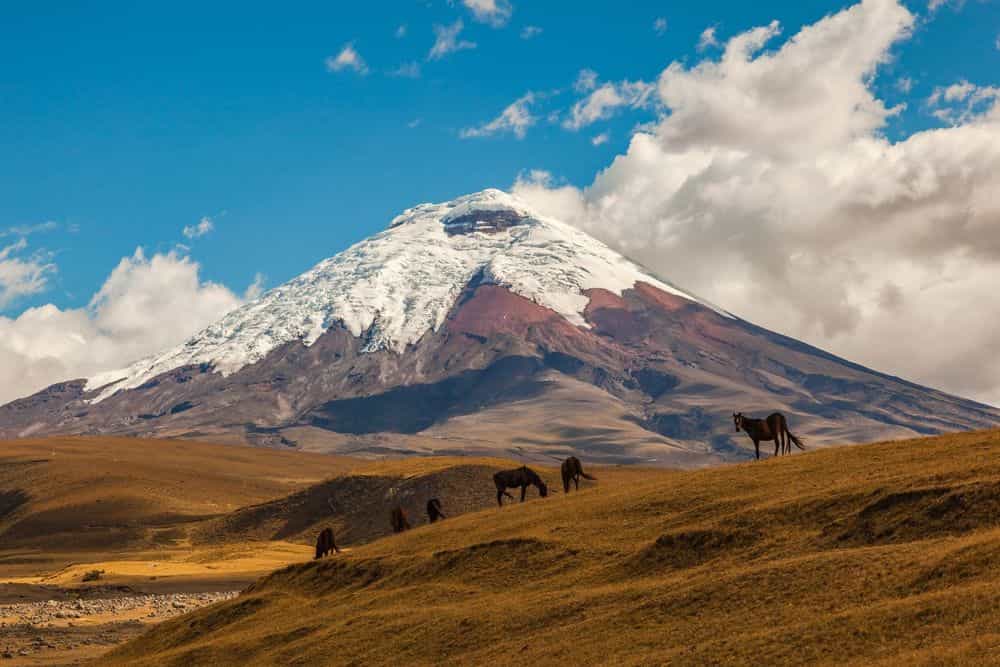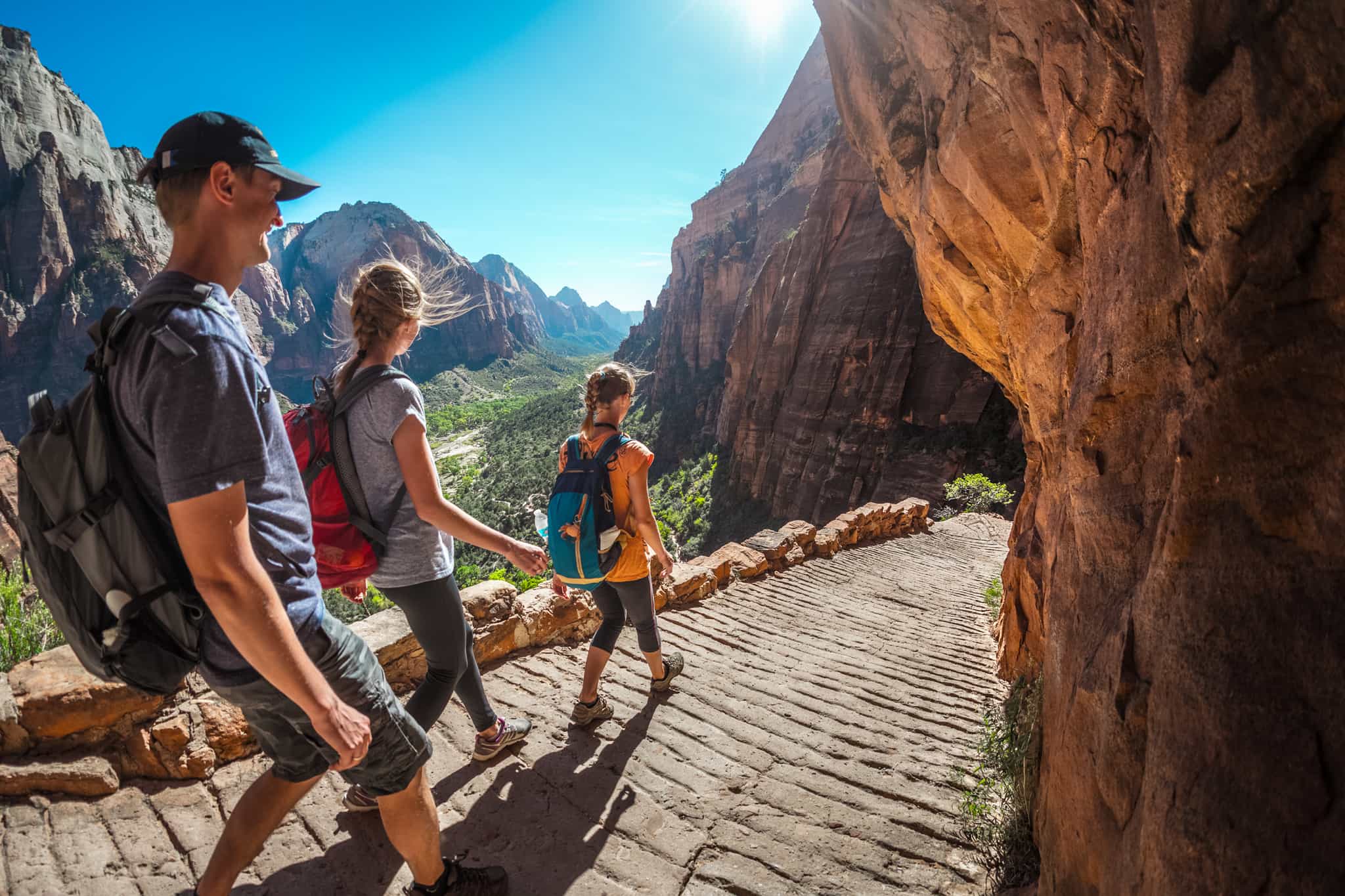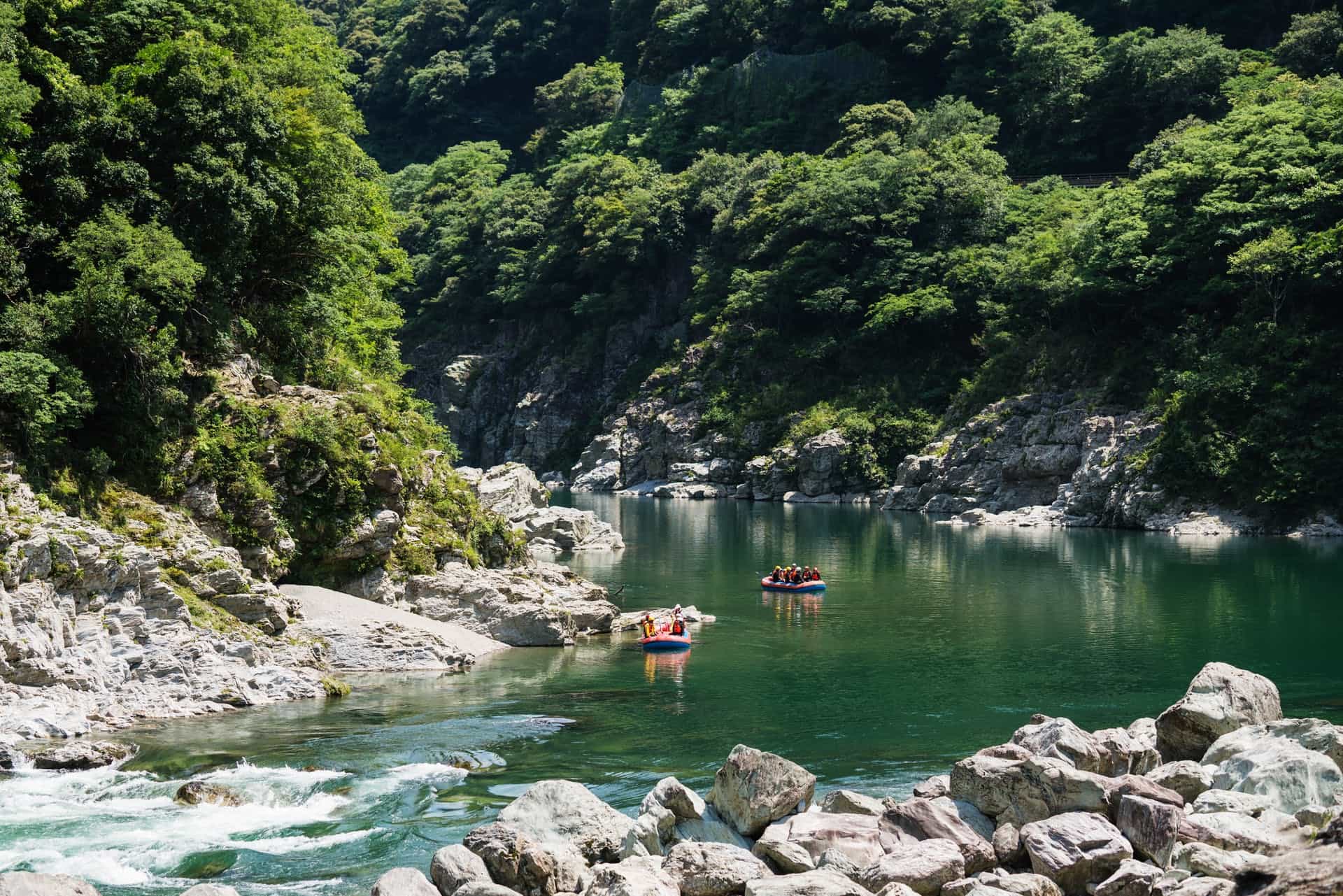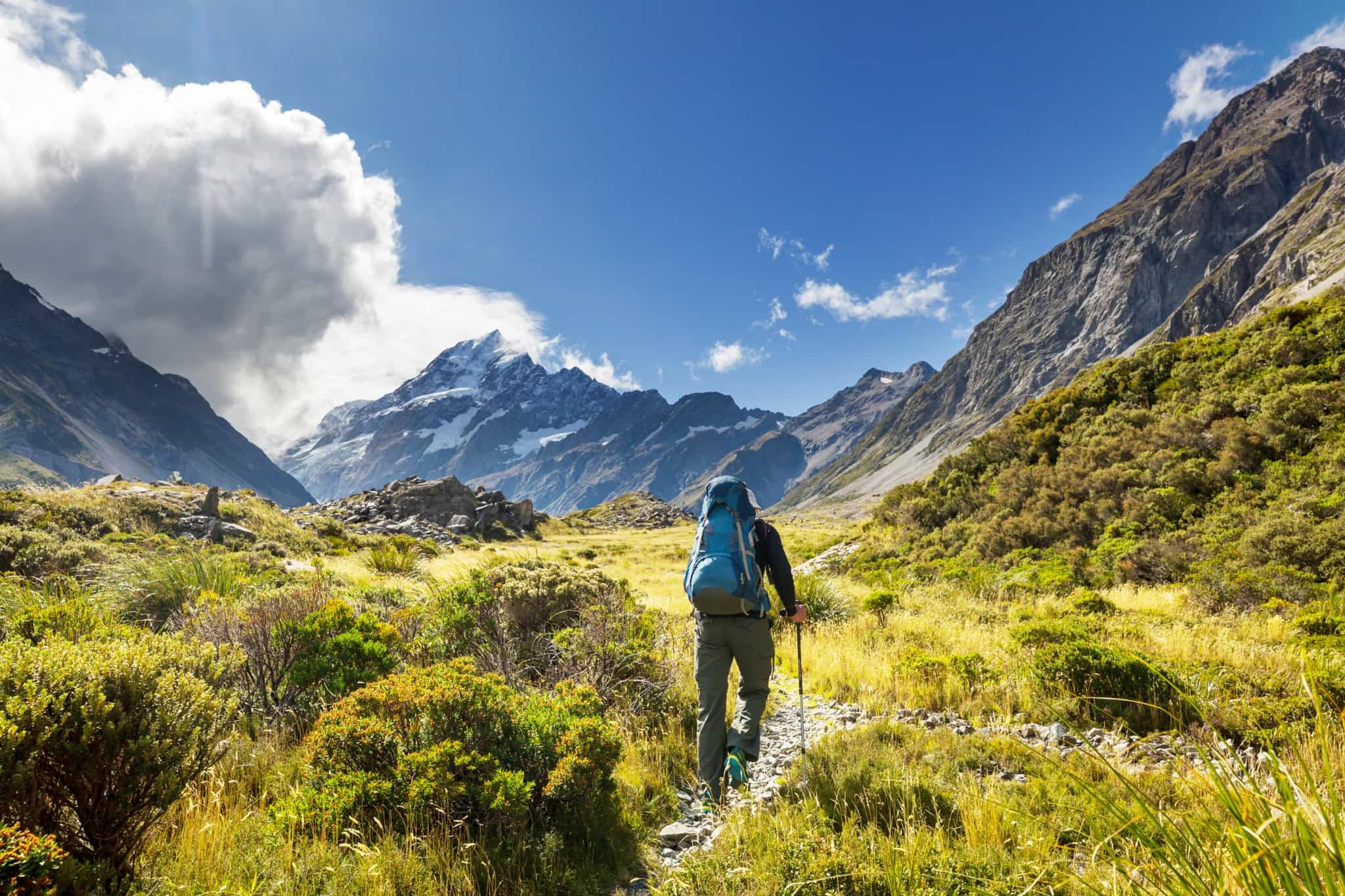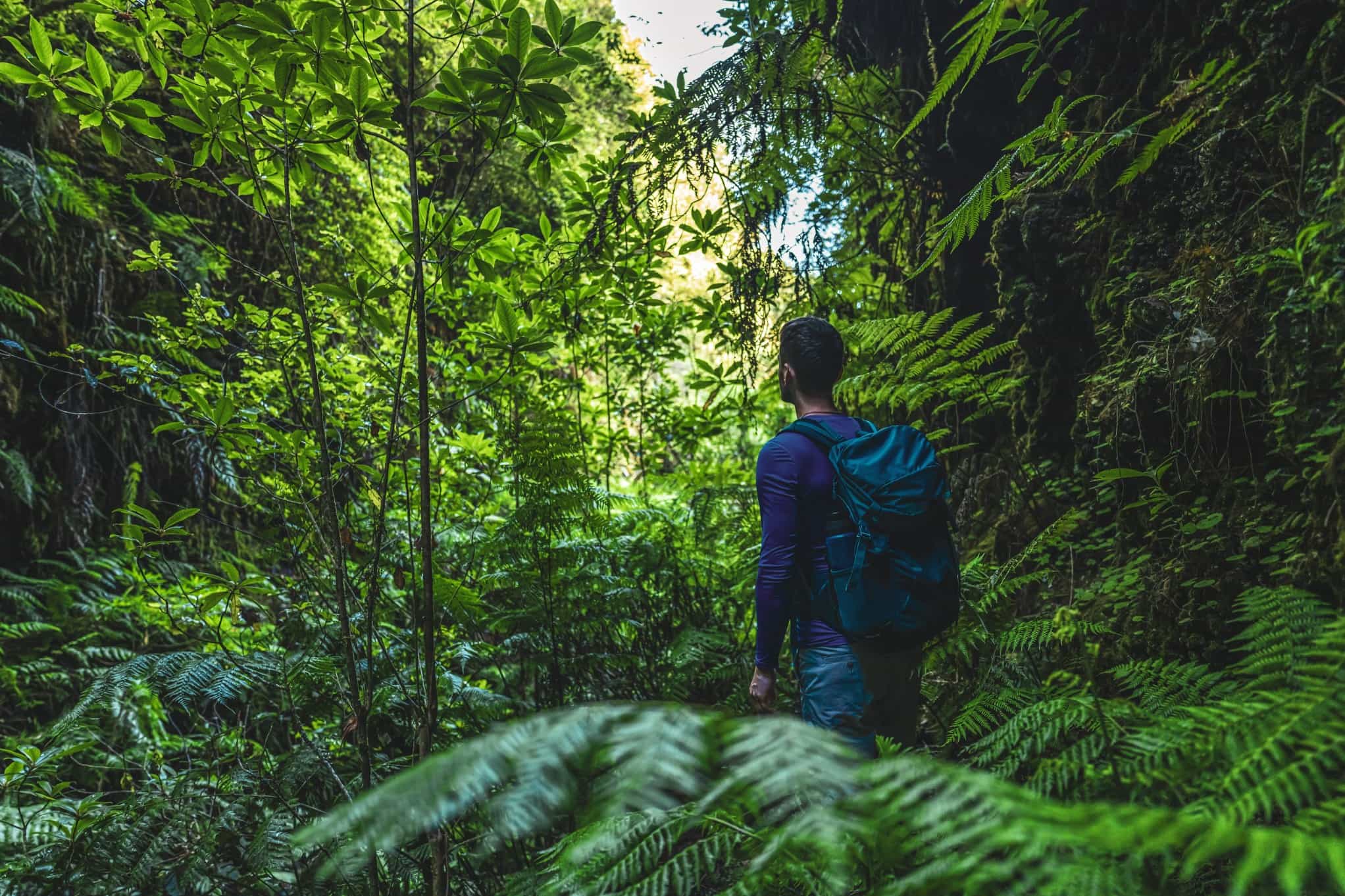
Trek the Camino de Costa Rica
Tackle a pioneering new trail across the planet's most biodiverse country, from the Caribbean Sea to the Pacific Ocean
What's Included?
Activities & Certified Guides
All itinerary activities with expert, local, English-speaking trekking guidesHotel & Camping
7 nights camping, 2 nights in hotelsMeals
9 breakfasts, 8 lunches, 7 dinnersTransfers & Support Vehicle
To and from the airport and everything in between, including a support vehicle through the trekEquipment & Permits
Tents, sleeping bags and sleeping mats, with permits and entry fees taken care ofSmall Like-minded Groups
Solo-friendly by design, join our small n’ sociable groups of up to 14 like-minded, active and outdoorsy people…
…
What's it like?




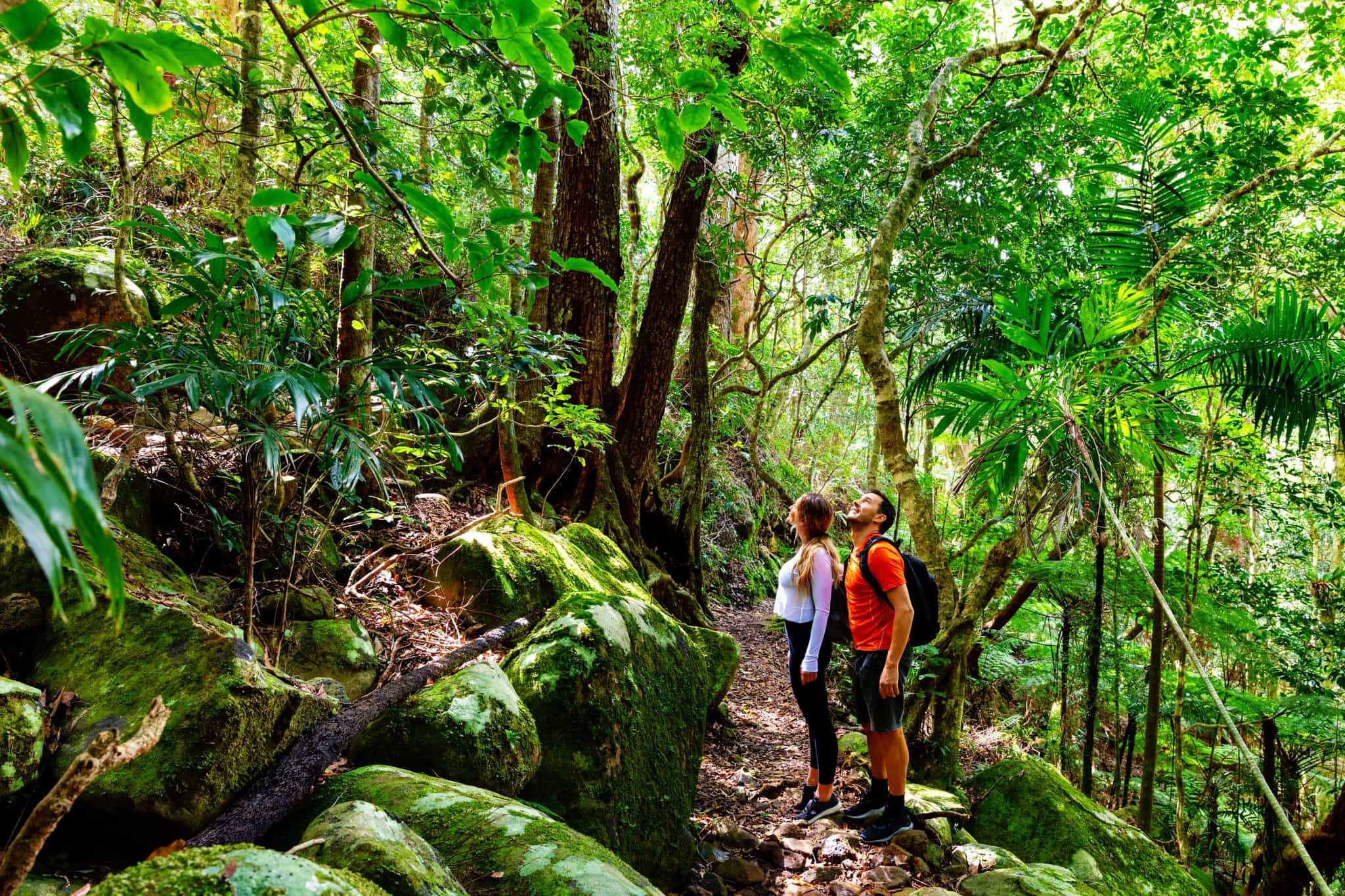



Be one of the first to tackle Costa Rica's new long-distance trekking route – completed in 2019, it’s a truly trailblazing adventure
Tread a path far removed from the tourist crowds, exploring remote regions, indigenous heartlands and five different microclimates
Trek through cloud forests in the volcanic foothills, jungles teeming with wildlife, navigate river crossings and meander through coffee plantations
Bunk down at community camp spots along the Camino, tuck into traditional food and cool off with swims at secret waterfalls
Key Information
Day 1
Welcome to Costa Rica

Fly into beautiful Costa Rica and head to your hotel in San José. Depending on what time you land, explore, or just relax and get ready for the start of your adventure along the Camino de Costa Rica, which kicks off in the morning.
Day 2
To the Caribbean Coast

Hiking
Head out of the capital aiming for the Caribbean Coast, with a journey through the Braulio Carrillo National Park – one of Costa Rica’s largest primary forests and protected areas. Reaching the port at Cano Blanco, you will be transferred by boat for short ride to the start point of the trek, overlooking the Caribbean Sea. Warm up your legs on the first 5km of the trail, steadily making your way to the first overnight camp spot at Finca Pacuarito.
Day 3
Ascend into the mountains

Hiking
Unzip your tent and grab breakfast and coffee to fuel up for the first full day of trekking on the Camino de Costa Rica. Start with an ascent to the small community of Las Brisas, with the ocean behind you as you climb from the Caribbean lowlands and into the mountains. There are amazing views form here and you’ll get your first taste of Costa Rica’s famous wildlife, with plenty of tropical bird life ever-present. Tonight, you’ll be welcomed for an overnight camp with an indigenous community at Tsiobata, home to the Cabecar people – one of the most isolated indigenous tribes in Costa Rica. In a country that prides itself on ecotourism, Tsiobata is a shining example of tourism bringing revenue to local communities. The Cabecar people are custodians of this wild part of the world and they'll be hosting you tonight and guiding you further into the jungle tomorrow.
Day 4
Take me to the river

Hiking
Today, your group will be joined by an indigenous guide from the community, who will show the way along an old trail still used today by local indigenous peoples to traverse the dense jungle in this area. This trail meanders deep into the tropical forest, up and down ridges and crosses several creeks making for an incredible day of hiking. The day culminates with a descent to the Pacuare River, a stunning channel of water that makes its way from the highlands all the way to the Caribbean. You’ll set up camp at El Nido del Tigre campsite, where you can grab a swim in the river and settle in for a cracking evening in this beautiful spot.
Day 5
Through the jungle

Hiking
Wake up to the sound of the rushing Pacuare River, the chorus of tropical birdlife and howler monkeys in the forest canopy in the distance. Set off for a full day on a variety of trails en route to Tres Equis. The route skirts the edge of the river throughout the day in a constantly picturesque river valley of glistening azure waters and lush, verdant rainforest. The trail is technical, with roots, rocks and dense foliage to contend with. Wind up today’s section of the Camino at Tres Equis, where you’ll bunk down at a local farm which produces organic cocoa, sugar cane and coffee.
Day 6
Deep dive into real, rural Costa Rica

Hiking
Tuck into coffee grown metres from where you laid your head last night, kicking off the day in style and fuelling up for the next section. Today’s trail is less technical and instead follows a series of gravel tracks, allowing you to take in the surroundings and spot wildlife along the way. As well as hiking through an incredible landscape packed with wildlife and natural wonders, part of the lure of the Camino is the insight into remote, rural Costa Rican communities that see few tourists other than trekkers from this trail. Today’s lighter day allows some time to get closer to everyday life when you reach the town of Mollejones. Your guide will link up with the area's residents to offer a glimpse into local food with a Tican cooking class, followed by dancing classes to get those hips moving. You are in Latin America after all; food and dancing is a second religion here.
Day 7
Getting closer to the Pacific

Driving
Hiking
Bid farewell to this part of the Camino as you hop in the support vehicle to skip out a chunk of the trail en route to the Pacific side. We've kept in the best bits and taken out some of the more unremarkable sections of tarmac road through farmland, which make up a portion of the central section of the Camino. Officially reaching the Pacific section of the Camino, you'll get back on the trail to hike through coffee plantations with a chance to learn about the processes, history and importance of coffee for the country.
Day 8
Waterfall wild swims and first glimpses of the Pacific

Hiking
Trek along old plantation trails today to reach the town of Naranjillo. Half way through the hike you’ll reach a beautiful waterfall for swims and a cracking lunch spot. Late in the afternoon you’ll start to get your first glimpses of the Pacific Ocean in the distance as the Camino begins its descent from the central mountain ranges towards the coast. The final section today is a steep descent down to the Rio Naranjo – a serene place where you can soak up yet more of Costa Rica's natural splendours.
Day 9
Finish line at the Pacific

Hiking
One last push is needed today to reach the Pacific. The feeling of a long beautiful descent to the finish line is ever-present, all the way to the small community of Esquipulas on the banks of the Naranjo River. Another dreamy wild swim spot awaits you here beneath a waterfall, before you hike the final parts of your traverse of Costa Rica. The van will be waiting to transfer you down the coast to Manuel Antonio, with its stunning beaches and national park. After eight consecutive days on the trail, seeing more hummingbirds than humans, you’ll be able to lap up some creature comforts and toast the completion of an epic trek with cold drinks overlooking the Pacific Ocean.
Day 10
Beach times and farewells

Driving
Enjoy a lie in and some well-earned downtime, with the whole morning to do as you please in Manuel Antonio. Kick back on the beach, swim or surf in the Pacific, or explore the wider area under your own steam, before meeting back up with your host for the drive back to San José in the afternoon, where the adventure comes to an end at the airport. You'll be able to take any flight departing from 18:00 onwards, or you can be dropped off in central San José if you plan to stay longer in Costa Rica (you also have the option to remain on the Pacific Coast for longer rather, than heading back to San José with your host).
The Area
Logistics
Starts
Juan Santamaría International Airport, San José
Any time on Day 1
Ends
Juan Santamaría International Airport, San José
16:00 on Day 10
Transfers
Your host will meet you on Day 1 at Juan Santamaría International Airport in San José and transfer you to your hotel in the Costa Rican capital. At around lunchtime on Day 10 you'll leave the Pacific Coast, as your host transfers you to the airport in San José to arrive by 16:00. You'll be able to take any flight that departs from 18:00 onwards. Alternatively, you can be dropped off in central San José if you are staying on longer in Costa Rica, or you can even remain on the Pacific Coast and bid your host farewell there at lunchtime on Day 10. If you intend to spend longer on the Pacific Coast and travel independently after the trip, you can catch a private shuttle from Manuel Antonio and other spots on the Pacific to San José for around $60USD/£50, or a local bus for around $15USD/£12.
Airport transfers are included on arrival and departure days; just let your host know your flight details. If you arrive and depart outside of the set days, your host can arrange an airport transfer for you for an extra cost. See Optional Extras for the price.
Travel options
There are regular flights to Costa Rica from major airports across the UK, Europe and North America.
Day 1
Breakfast
Lunch
Dinner
Day 2
Breakfast
Lunch
Dinner
Day 3 – Day 8
Breakfast
Lunch
Dinner
Day 9
Breakfast
Lunch
Dinner
Day 10
Breakfast
Lunch
Dinner
What is the food like?

You'll tuck into three hearty meals a day along the trail, whipped up by your guides at the community campgrounds where you'll be staying. You'll also get to sample traditional, local foods all the way along the route as you pass through farming regions and coffee plantations. A classic plate of Costa Rican food includes rice and beans, salad, fried sweet plantains and either fish, chicken, pork or beef. Some will also have cheese, french fries or grilled vegetables. Gallo pinto is another classic Costa Rican staple: slow-cooked rice and beans with onions, peppers and coriander (cilantro). This dish often forms part of the Costa Rican breakfast: gallo pinto with eggs, fried cheese, sweet plantains and homemade corn tortillas. There'll be plenty of other Latin American and tropical foods available, and on both coasts you’ll find pipa fria: a whole, cold, fresh coconut.
Vegetarians, vegans and other dietary requirements and allergies can be catered for – please just request this on your passenger info form.
What is the accommodation like?
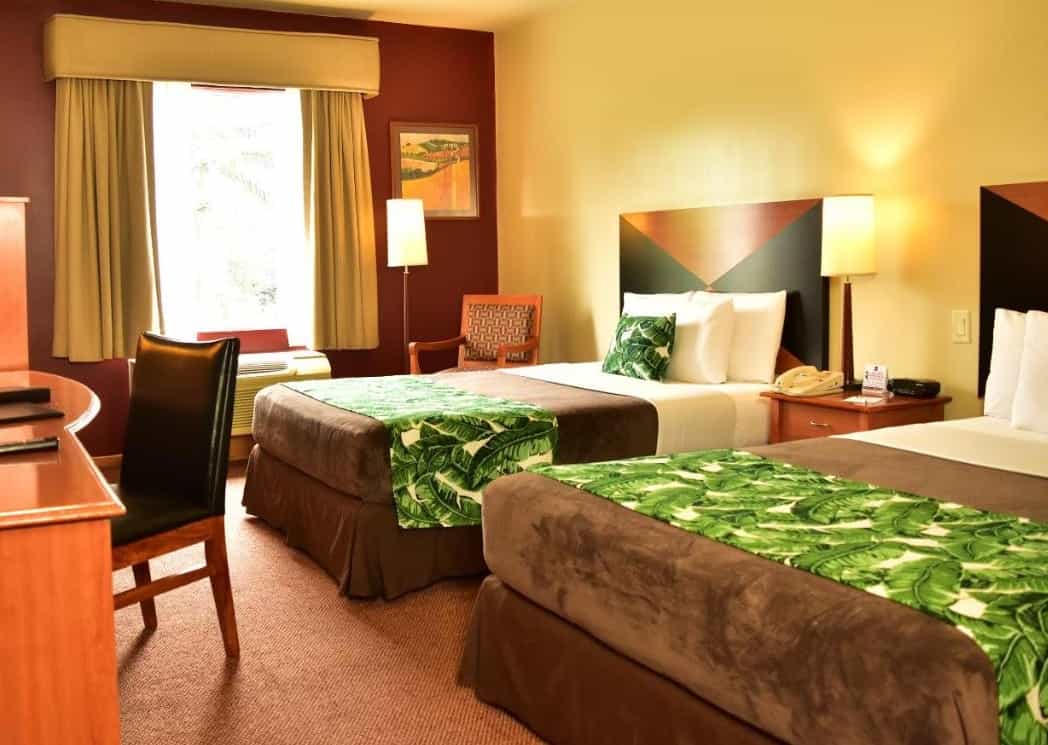
San Jose
On arrival in Costa Rica you'll stay one night in a 3-star hotel in the centre of town, for example the Sleep Inn Paseo Las Damas which is opposite España Park and the Modern Art Museum. The exact hotel will be confirmed by your local host in your pre-departure information.

Along the Camino
You'll camp at sites along the Camino – a mixture of private and community-run campgrounds – staying in same-sex, twin-share tents with sleeping mats and sleeping bags included. There are shared toilet and shower facilities at each of the campgrounds. The Camino de Costa Rica brings a lot of economic benefits to local communities as trekkers pass through along the trail. Highlights include El Nido Del Tigre, an authentic Costa Rican camp that’s passionate about sustainability in the Bajo Tigre rainforest; and a stay at an indigenous village at Tsiobata, home to the Cabecar people. One of the most isolated Indigenous tribes in the country, they will host you for the night and guide you along the trail the following day.
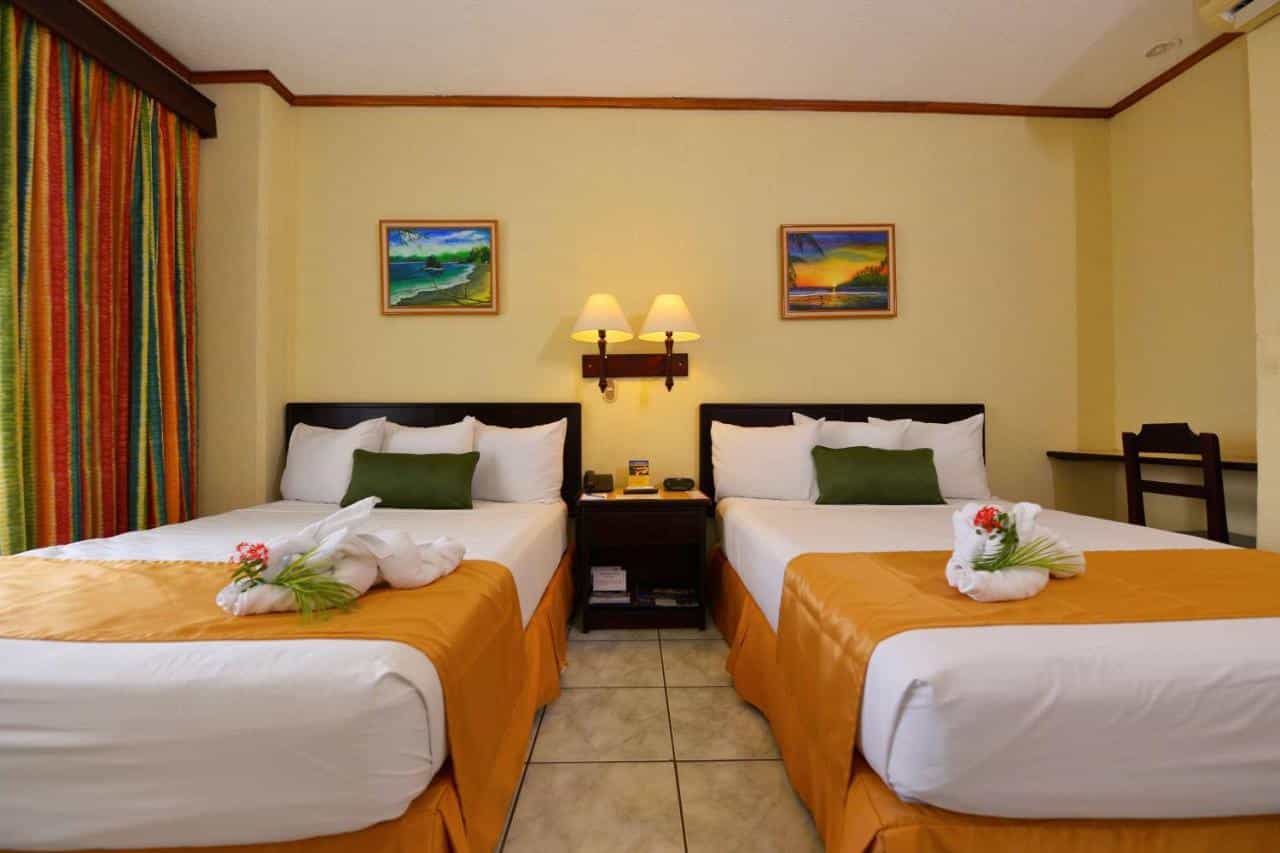
The Pacific Coast
After reaching the Pacific on the final day of the trek, you'll stay overnight at the Kamuk Hotel and Spa in Quepos. It's located just minutes from Manuel Antonio National Park, where you'll be enjoying some downtime on the final day before heading back to San Jose to finish up the trip. You'll stay in twin-share rooms with ensuite bathrooms.
Upgrades
For solo travellers looking for their own space, an optional private room and tent can be booked for an extra charge, see Optional Extras for the price. Please request this at the time of booking (this is subject to availability).
This trip has been rated as Challenging
Trekking for seven consecutive days, covering 100km in total on a variety of terrain means you'll need strong fitness levels and a sense of adventure. The elevation gain on the trip is moderate for the most part, but Day 3 to Day 6 sees you tackling up to 800m of gain in a single day, while the Pacific section of the Camino is more downhill. There are sections of dense jungle which adds to the challenge, plus humidity and wet trails playing a factor, and you'll also need to cross several rivers. These are not dangerous nor technical, but you'll need to be happy getting wet and wild on some sections of the Camino. You won't need to carry a full trekking backpack with all your gear, just a daypack is needed – with that in mind, you won't need any prior experience of a classic multi-day trek, provided that your fitness is up to the job of hiking for most of the day for seven days in a row.
Along the Pacific Coast and the Caribbean flatlands, temperatures average 25–34˚C (77–93˚F). At the mid-level elevations along the Camino, temperatures average between 17–26˚C (63–79˚F). The Camino de Costa Rica can be completed at any time of year – you'll be trekking through five different microclimates, so expect everything from clear sunny skies to tropical rainfall, depending on which part of the trail you are on at which time of year. The jungle sections of the trail can be humid throughout the year, but there are ample opportunities to cool off at swim spots.

5 stars out of 5 for Camino de Costa Rica.
What a trip. This trip was something different. Staying in communities, hiking through the jungle, learning traditional dance, uncovering whole new landscapes and so much more was such a treat for this trip.
The group was great and Josue, Jefrey, Memo and Miso were fantastic!! Would recommend to anyone to do this.
Camino de Costa Rica
- food was very good. Fruit exceptional. Serving your own proportions works great
- transfer vehicles were all very comfortable and in great condition
- provided equipment (portable tents, pads and sleeping bag) was rudimentary, with pads inadequate.
- jungle trail guide great sport and great to have a long
- permanent tent / pad setups were great
- campsites well designed for wet weather
- main guide, Jossie, very organized, helpful and great attitude
- route was ok, highlights being jungle and mountain hiking! The road hiking less appealing but "ok". The lay over day with river crossing, waterfall, etc was also a highlight.
- group very good
The Costa Rica camino from
The Costa Rica camino from coast to coast was fabulous! Costa Rica is a beautiful country and everyone we met was very friendly. The fauna and flora was amazing. The team were all excellent and we were looked after very well. There were few hitches and anything that arose on the trip was sorted out quickly, without fuss and without inconvenience to us. I'd highly recommend the trip.
Fabulous adventure
We had a lovely, friendly and fun group of 10, age ranging from 27 to 66, all having a great time whilst trekking in pouring rain (for 4 of our 9 days), facing challenging muddy terrain and fast flowing river crossings. Not to mention the wet clothes that never dried in the humidity and got repacked in plastic bags every morning when we left camp!
Our guide Josue never stopped smiling, and took really excellent care of us, along with his sidekick for the trip Jefrey. We also had an extra guide through the jungle, and the river crossings, our marvellous mountain man with the machete, Miso, so we always felt safe.
Then there was the fabulous food produced by Memo. How he produced different hot breakfasts and really tasty dinners each day with basic campsite kit was miraculous. I thought we'd have a lot of rice and beans, but we also had fresh fish, chicken, beef, new potatoes, fresh veg, pasta dishes, and gorgeous sauces throughout the trip.
The hiking was challenging at times, and I was exhausted by the end of it, but this Costa Rica adventure will go down as one of my favourite trips.
First group on trip - fantastic, room for improvement on camping sites
The group was highly adaptive, and a bunch of people from all different background but thoroughly interesting, intelligent, and part of the bonus of the trip itself. Perhaps we were lucky they were so civilised and not just intent on drinking like some other tours.
When it rained due to a storm and the route could not be taken, suggestions were welcome and we did an alternative route. The leadership was always listening, and there's a lot of credit to them.
The food from Mauro was awesome. A real delight and massive boost to morale when tired. Did not expect such rustic and wholesome quality where very little went to waste.
The additional help from the guides was also so helpful.
Feliz navidad
What a christmas adventure this turned out to be. We didn't quite have the weather in the photos but a little bit of rain (or 8 days) didn't dampen spirits.
The itinerary works really well allowing you to see the highlights of the Camino, chopping out some of the road sections. You really get to experience the changing landscapes, culture and livelihoods of the different parts of Costa Rica you walk through, while also barely seeing another tourist. I feel very lucky to have been on the Camino in its infancy and before the rest of the world has discovered what feels like a well kept secret.
We were led by Mike who always had a story to tell and had such a clear passion for the country. Ably supported by Miso and Jimmy, we navigated some tricky jungle sections, river crossings and poisonous snakes. Our support driver and all round chef extrodinaire Memo kept us incredibly well fed and watered (with locally brewed coffee always available). Special shout out to Rosa who was very responsive and I am sure played a big part in ensuring all of the logistics worked as well as they did. It was an incredibly well organised trip from start to finish, even when our plans changed slightly due to the weather.
The trip was challenging - a few long days of hiking with alot of elevation and an awful lot of mud. I loved winding down the coffee roads at the end of the trip to the pacific. Two of the camps are amazing but some of the other accomodation is pretty basic and I would definitely pack a travel pillow and earphones next time. I would also recommend quick dry clothing and trousers as we were all quite the magnet for the local bugs.
The group was great - everyone took everything in their stride and kept smiling throughout. A christmas to remember.
I have done a longer write up of the trip here: https://catherinefalconer.substack.***/p/feliz-navidad
Highly recommend
Great trip
Really great trip through remote and unspoilt areas of Costa Rica - we didn't see any other tourists aside from the first and last days.
The trip was well organised, the food was delicious, and the guides (Josue, Mike, Miso, and chef Mao) excellent.
Christmas Camino
I joined the second Camino trip run by MBA and Coast to Coast.
It was a fantastic trip and I’m so pleased to have been able to discover the Camino in its infancy.
Our trekking was challenging but expertly managed by the team - Mike, Memo and local guides Miso and Jimmy. We had a great mix of scenery and daily routines, so it was never monotonous and there was something new to learn about Costa Rican culture or the landscapes we were hiking through every day.
Our food was plentiful and delicious, and the accommodation always had what we needed. Some of the camp sites need more work, but they will get there.
Overall the highlight of the trip was the people (fellow guests and our hosts) and their collective spirit… always fun, always upbeat, always capable and out for adventure. Highly recommended!
Itinerary Activities
- 8 days of guided hiking on the best sections of the Camino de Costa Rica
- Tican cooking class
- Tican dance class
Guides
- Expert, local, English-speaking trekking guides
- Plus an indigenous guide to accompany your group on Day 4
Accommodation
- 1 night in a hotel in central San José
- 7 nights camping along the Camino de Costa Rica
- 1 night in a hotel in Quepos next to Manuel Antonio National Park
Meals
- All (9) tasty breakfasts
- 8 hearty lunches
- 7 classic Costa Rican dinners
Transfers
- Arrival transfer from San José Airport at any time on Day 1
- Group departure transfer to San José Airport on Day 10
- All transfers during the trip
Equipment
- Tents, sleeping bags and sleeping mats
Permits
- All permits and entry fees
Our trips are hassle-free by design. We include all the activities and equipment, as well as many of the meals, so you can simply rock up with your rucksack and share the adventure with your new pals.
Travel to and from the trip
Our trips do not include flights, trains or other travel to the start point and back from the end point.
Tips
Tips are not included in the trip cost. These are entirely at your discretion; however, we recommend budgeting the following as a guideline:
- Approximately $8-10 (USD) per person, per day for the expedition leader
- $6-8 (USD) for support staff
Of course, you are free to tip as much or little as you like and the amount should be reflective of your perception of service and quality – a tip is not compulsory and should only be given when you receive excellent service.
Personal Expenses
You know your own spending habits best, so please budget an appropriate amount for things like optional meals and drinks, shopping, optional activities, and laundry.
Travel insurance
Travel insurance is compulsory for all of our adventures and you are required to provide your policy information before departing. Your insurance should include adequate protection for overseas medical treatment, evacuation/repatriation, your baggage and equipment and the specific activities involved on your adventure. We also strongly recommend it includes cancellation and curtailment insurance, should you be unable to join your trip for specific reasons such as illness. Our recommended travel insurance provider is Campbell Irvine, as their insurance offers all of the above.
Visas
Visa requirements often change, and you are responsible for obtaining any required visas for this trip. Please check with your nearest embassy or consulate for up-to-date advice.
What's included?
- Twin-share expedition tents
- All-season sleeping bag
- Sleeping mat
What do I need to bring?
SLEEPING
- Sleeping bag liner (optional)
BAGS
- Hiking backpack (30-40+ litres)
- Rain cover for your hiking pack
- Dry bags or similar, to keep essentials dry in case of rain on the trek
FOOTWEAR
- Waterproof hiking boots (worn-in)
- Lightweight, fast drying hiking socks
- Sandals or trainers for evenings at the camp spots
CLOTHES
- Lightweight rain jacket and rain pants (Gortex, nylon or similar)
- Lightweight comfortable pants
- Shorts/skirts (quick dry)
- Medium weight wool or fleece jacket
- Shirts: short sleeve and long sleeve for sun protection
- Buff or bandana
- Sunhat
- Something to sleep in
- Swimwear
- Towel
- Sarong (optional, works as towel or quick cover-up)
OTHER
- Trekking poles (optional)
- Sunglasses (UVA & UVB resistant)
- Headtorch or torch
- Spare batteries (camera, torch, etc)
- 2-3 reusable water bottles and/or water bladder
- Passports, visas and a copy of your passport
- Travel insurance documents
- Insect repellent
- Waterproof sunscreen (30+ SPF)
- Earplugs
- Padlock for left luggage
- Universal travel adapter
- Power bank or solar charger
- Personal first-aid kit (inc. blister treatment)
- Personal items (biodegradable toiletries, sanitary wear etc)
- Alcohol hand-gel
Pre/Post trip accommodation in San Jose (per room, per night) from
Payable Before Departure
Pre/Post trip accommodation in San Jose (per room, per night) from
…
Single/Twin/Double at Best Western Kamuk Hotel in Quepos
Payable Before Departure
Single/Twin/Double at Best Western Kamuk Hotel in Quepos
… Per night
Single/Twin/Double at Hotel El Faro in Manuel Antonio
Payable Before Departure
Single/Twin/Double at Hotel El Faro in Manuel Antonio
… Per night
Optional Private Room & Tent Upgrade
Payable Before Departure
Optional Private Room & Tent Upgrade
…
Airport Transfer One Way (San Jose Airport to San Jose accommodation) from
Payable Before Departure
Airport Transfer One Way (San Jose Airport to San Jose accommodation) from
…
We partner with the World Land Trust to ensure this trip achieves Net-Zero emissions. We also support their Buy an Acre programme, helping local communities to buy and protect natural habitats in perpetuity.
What's the number?
It works out on average at 128kg of CO2 emissions per person, including all local transport, accommodation, food, activities, guides, staff and office operations.
The only thing it doesn’t include right now is flights and travel to the destination. We do make an overall estimate across all our customers separately, but as we don’t book flights, have customers from all corners of the world, and no way of reliably knowing their travel plans, we simply can’t include an individual number in the figure on display here. We’ve got a goal to fix that, so that when you book, there is a way to measure and mitigate the carbon emitted by your flight too.
But what does the number mean?
Yep, hard to picture eh? To give you an idea:
- Driving 1000miles/1609km would be approx. 281kg of CO2 in an average car (or 140.5kg per person if there was 2 of you in it).
- A return economy class flight London - New York would be approx. 1,619kg (1.66 tonnes) per person.
- 10 trees in a temperate forest are estimated to remove approx. 250kg of CO2 from the air in a period of 5-10 years.
What are we doing about it?
Our trips are relatively low-carbon by design, and we're working with all our hosts to develop long term carbon reduction plans. We partner with the World Land Trust to ensure this trip achieves Net-Zero emissions. We also support their Buy an Acre programme, helping local communities to buy and protect natural habitats in perpetuity, ensuring the protection of the reserve and its wildlife.
Want to know more?
Amazingly, no international travel company has ever publicly published their carbon measurements before, as far as we know. We believe that must change, quickly. So we’re openly sharing the method we used in the hope that other companies will be able to more easily follow suit and build on what we've done so far. You'll find it all here.
The Camino de Costa Rica is a 280-kilometre (170-mile) long hiking trail across the entire width of Costa Rica. From the start point on the Caribbean Coast, it meanders through the Tortuguero canals, ascending into the mountains and through indigenous territory near the Barbilla National Park, through the valleys and mountain ranges of the central region of the country, just south of the Turrialba and Irazu volcanoes and through the Los Santos coffee region, eventually winding up at the Pacific Coast in the town of Quepos. The Camino passes through more than 100 rural communities, protected reserves, National Parks and indigenous communities.
The Camino was completed in 2019, with the aim of establishing a world-class long-distance trail, bringing hikers and trekkers from around the world to improve the economic situation in the rural areas of Costa Rica. The rural populations of Costa Rica have been in steep decline, with stubbornly high levels of poverty affecting these areas. Despite being one of the world’s tourism and conservation success stories, Costa Rica still has many areas which are far less visited – the Camino connects these areas, allowing trekkers to benefit the communities and the custodians of the wild landscapes along the route.
A multi-day trek along the Camino provides a glimpse into rural Costa Rica, its cuisine, its people, and a direct experience with the locals, which is harder to find on the more classic tourist routes.
No – this trip is a condensed version of the Camino. Tackling the full 280 kilometres would take 16-18 days from the start point on the coast. There are various condensed versions available, which skip out some of the less remarkable sections which pass through farmland and involve some hiking on tarmac roads. We’ve kept in the wildest and most fascinating parts to immerse you in Costa Rica’s lush green rainforests, misty cloud forests in the volcanic foothills, and the coffee region – giving you an insight into the isolated indigenous communities along the route.
The trek has a support vehicle that transfers all luggage and equipment from stage to stage. Your excess luggage can remain in the vehicle for whenever you don't need access to it.
The water in Costa Rica is generally safe to drink, except for that found in remote and rural areas where there's little to no infrastructure. The support vehicle carries large containers of water from which you can fill your bottle at the start of each stage. There will also be drinking water available at each night’s accommodation.
This trip visits locations where daytime temperatures can be extremely high during the times of year when this trip operates. High humidity and limited access to shade can also be factors, and warm temperatures can continue into the nighttime, which additionally influences the body’s ability to cool down. Personal care should be taken to keep cool as best possible in the conditions, such as wearing appropriate clothing and proper hydration. Very high temperatures can impair an individual’s physical abilities to perform an activity that they may otherwise be able to do competently at cooler temperatures. People may experience symptoms associated with dehydration and Heat Stroke. Your guide(s) are trained to mitigate the risks associated with high temperatures, by carefully managing the intensity of the activity, and to provide the appropriate support response should someone feel ill during the trip. Should you experience health issues during your trip you should inform your guide immediately so the proper care can be provided.
Sure can! Over 70% of our travellers travel solo, it’s a great way to meet like-minded people.
Our team of Adventure Hunters co-create exclusive adventures which are run by highly vetted, specialist hosts. The trip is run by our trusted host partner in the destination. We only work with independent, local, in-destination experts who know the very best places to explore and how to stay safe. Read more information about the local teams we partner with. You’ll be introduced to the host straight after making a booking via the Much Better Adventures platform.
Much Better Adventures refer to the UK Government’s official travel advice when designing trips and monitoring trip operations. We recommend that all customers are familiar with the practical information provided on the Government’s FCDO website, where current travel advice can be found by searching for the applicable destination(s).
For customers joining this trip from other international destinations – please also read the official travel advice applicable to your country of residence/origin, as this may differ.
We recommend checking out the country-specific information and also talking to a travel nurse.
We automatically convert prices from the local currency that a host receives to your chosen currency. We update our exchange rates on a daily basis so this does mean that prices displayed on the site are subject to currency fluctuations, which is why you may see them change over time.
If you wish to change the currency you pay in, head to the bottom of the page.
All of our group adventures are specially designed for adults to enjoy as we want these adventures to bring together outdoorsy people who are truly like-minded. You must be over 18 to join one of our trips.
You're always in good company on one of our adventures.
Our trips are typically made up of a mixture of solo travellers and small groups of 2 or 3 friends, with most in their 30s-50s.
Our sociable adventures are solo-friendly by design and naturally attract outdoorsy people with a shared mindset; a love for adventure, a desire to push themselves and meet awesome, like-minded people along the way.
It’s this camaraderie that has so often turned a great adventure into a life-changing one.
Don't just take our word for it:
- 95% of people rate the group dynamics on our trips 5/5
- 90% of people recommend joining a trip to make new friends
- 75% of people have met people on our trips that they would now consider friends
See here for more info about the Much Better Adventures tribe.
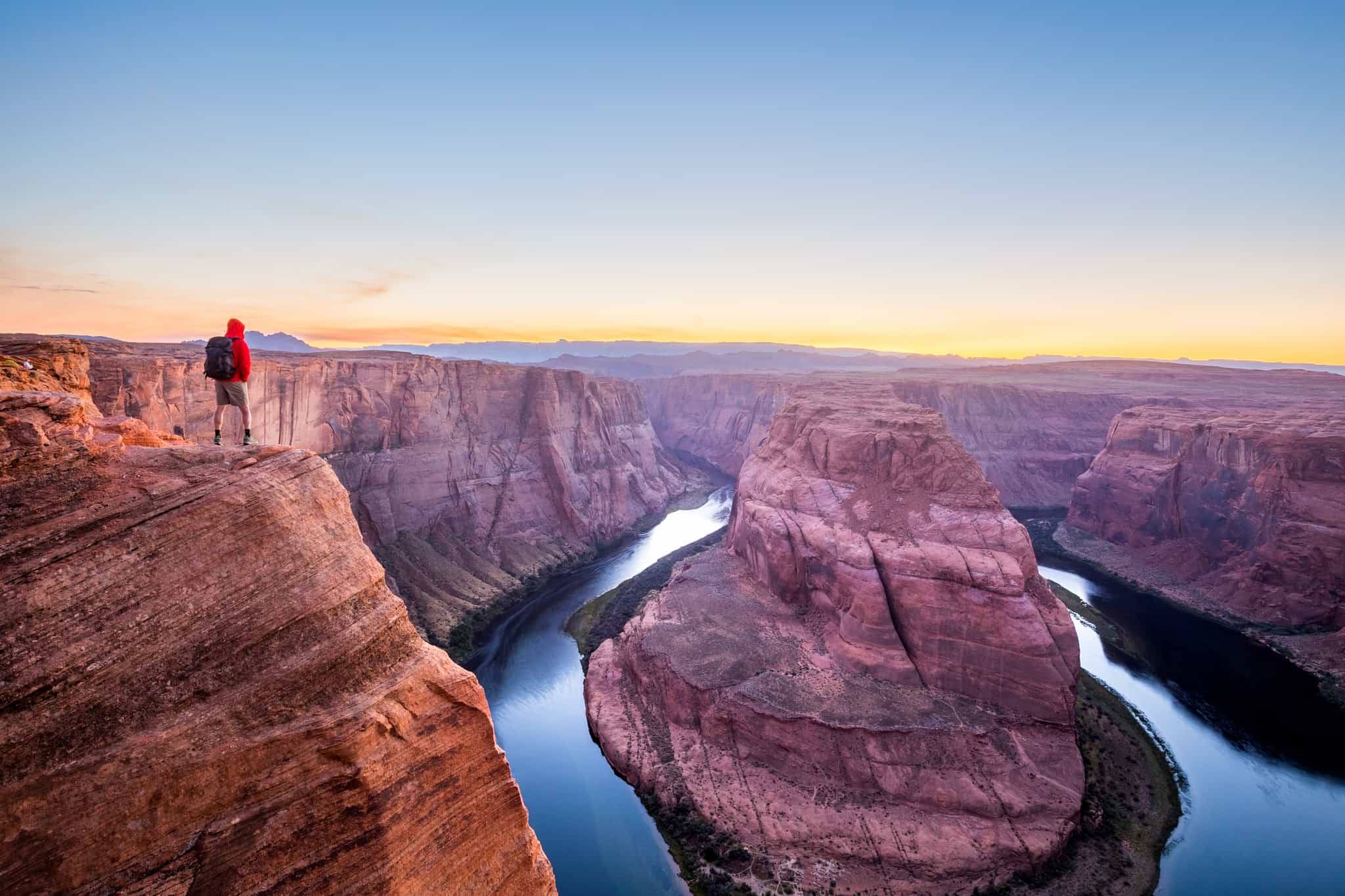
Explore our range of over 200 worldwide adventures
We've got your back
Guaranteed to run
All Much Better Adventures trips are now guaranteed to run. Once you’ve booked your spot you can immediately make your travel arrangements, no uncertainty, no hanging about (excludes 'request to book' departures). Full details
Flexible payments
Secure your spot with the minimum deposit and pay off the remaining balance in as many instalments as you like, with no interest or fees. Full details
Happiness Guarantee
We’re so confident you’ll have an amazing time we’ll put our money on it. Full details
Full financial protection
To give you complete peace of mind Much Better Adventures is backed by ABTOT, ABTA and ATOL memberships. Full details
Tried & Trusted
Much Better Adventures is rated ‘Excellent’ on Trustpilot with over 1000 verified trip reviews averaging 4.8/5.
Connect before you go
You'll be invited to join a WhatsApp group to get to know each other before your big adventure together. Full details
DEPARTURE DATES
Saturday 12th July 2025
to Monday 21st July 2025
Unlock member prices


